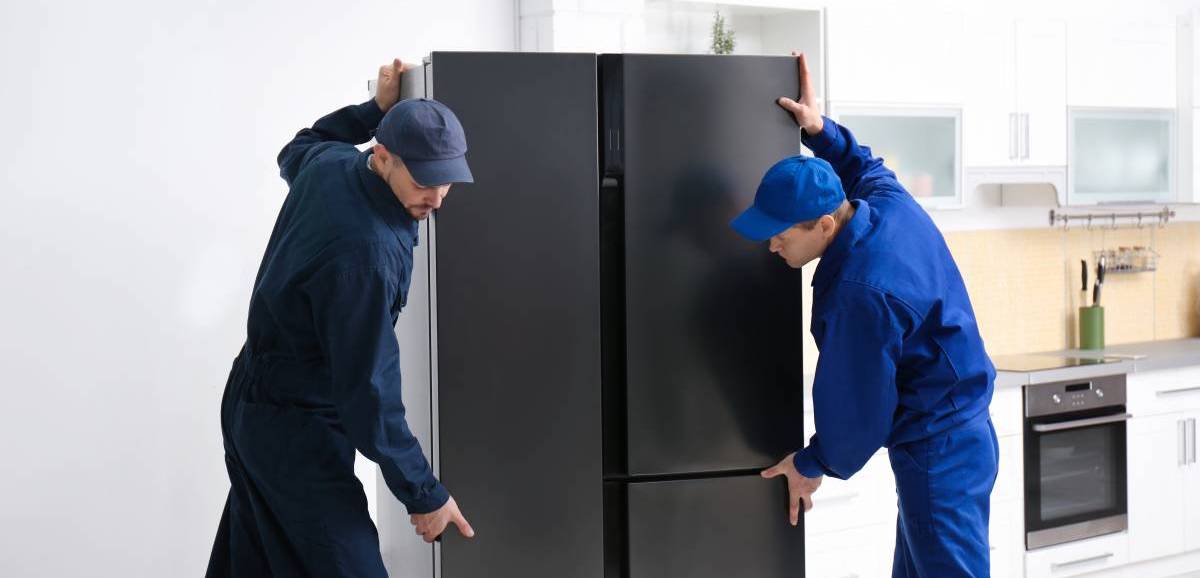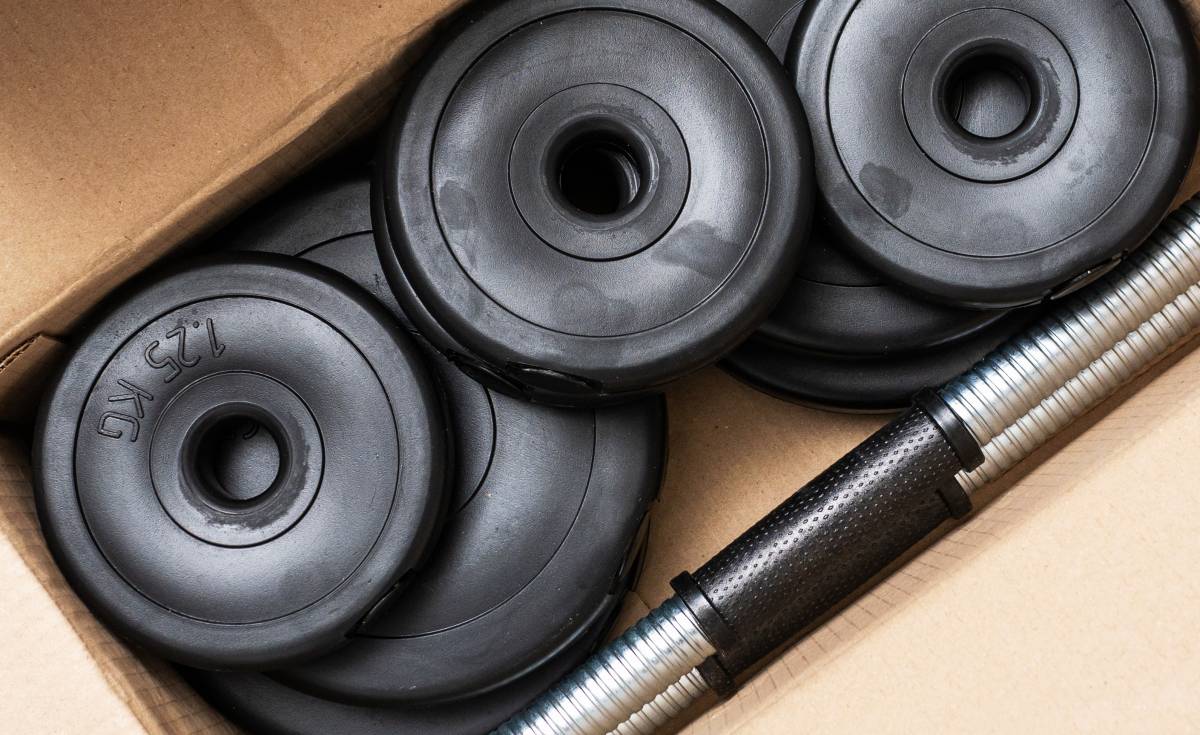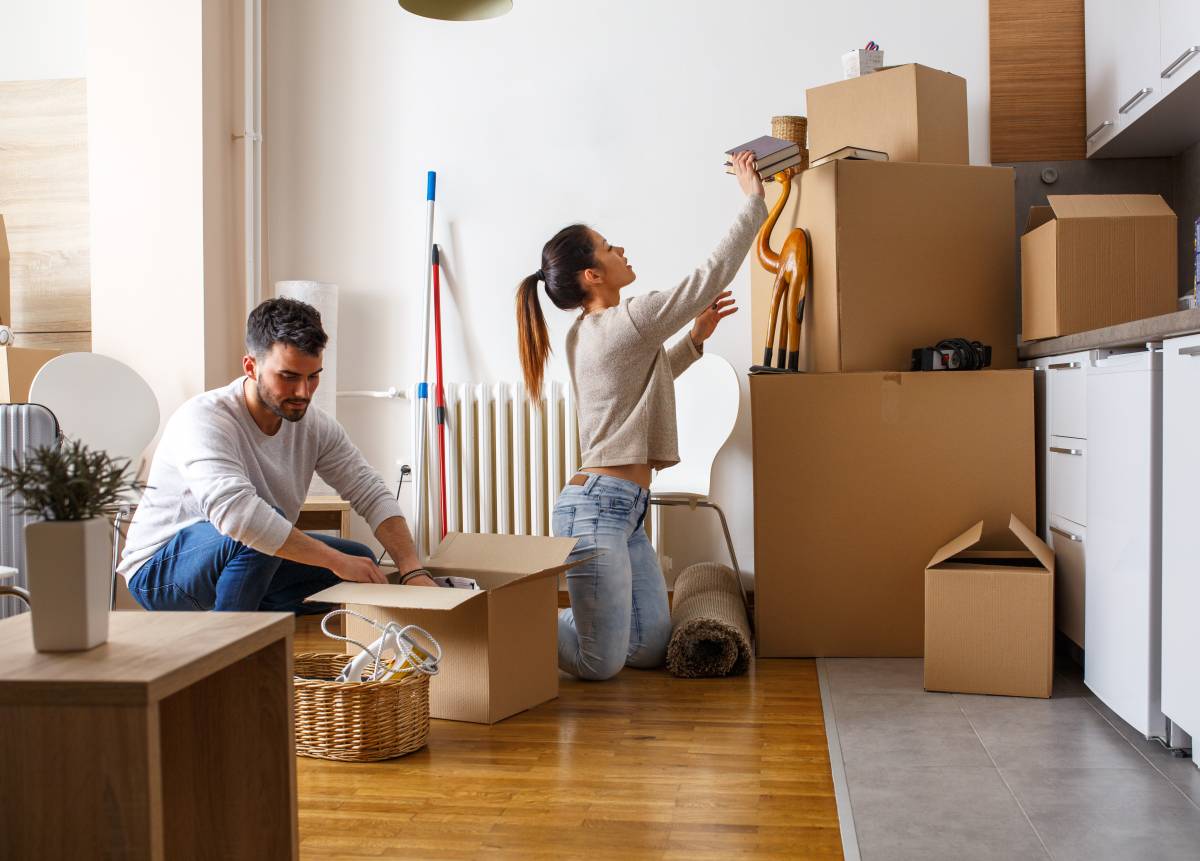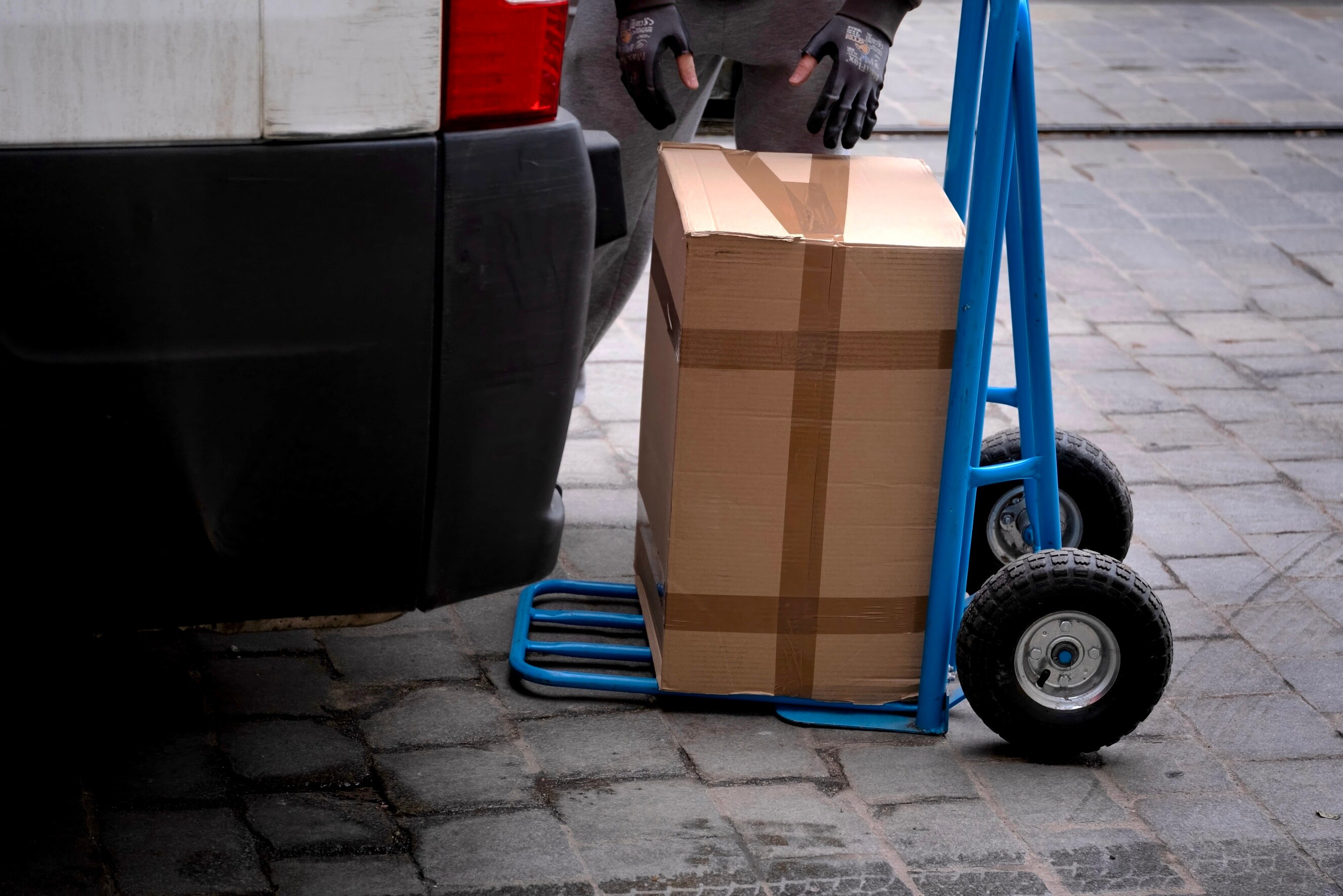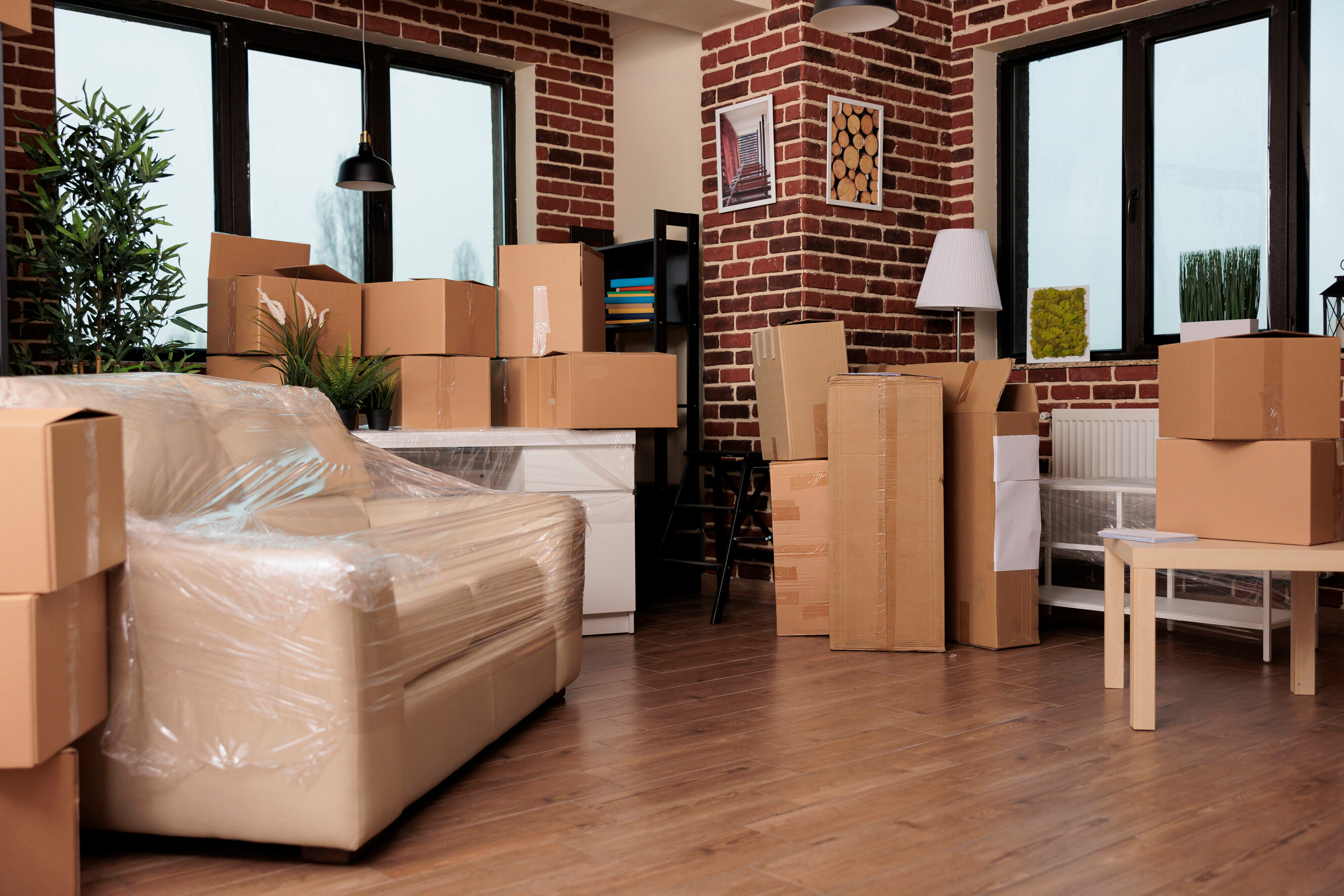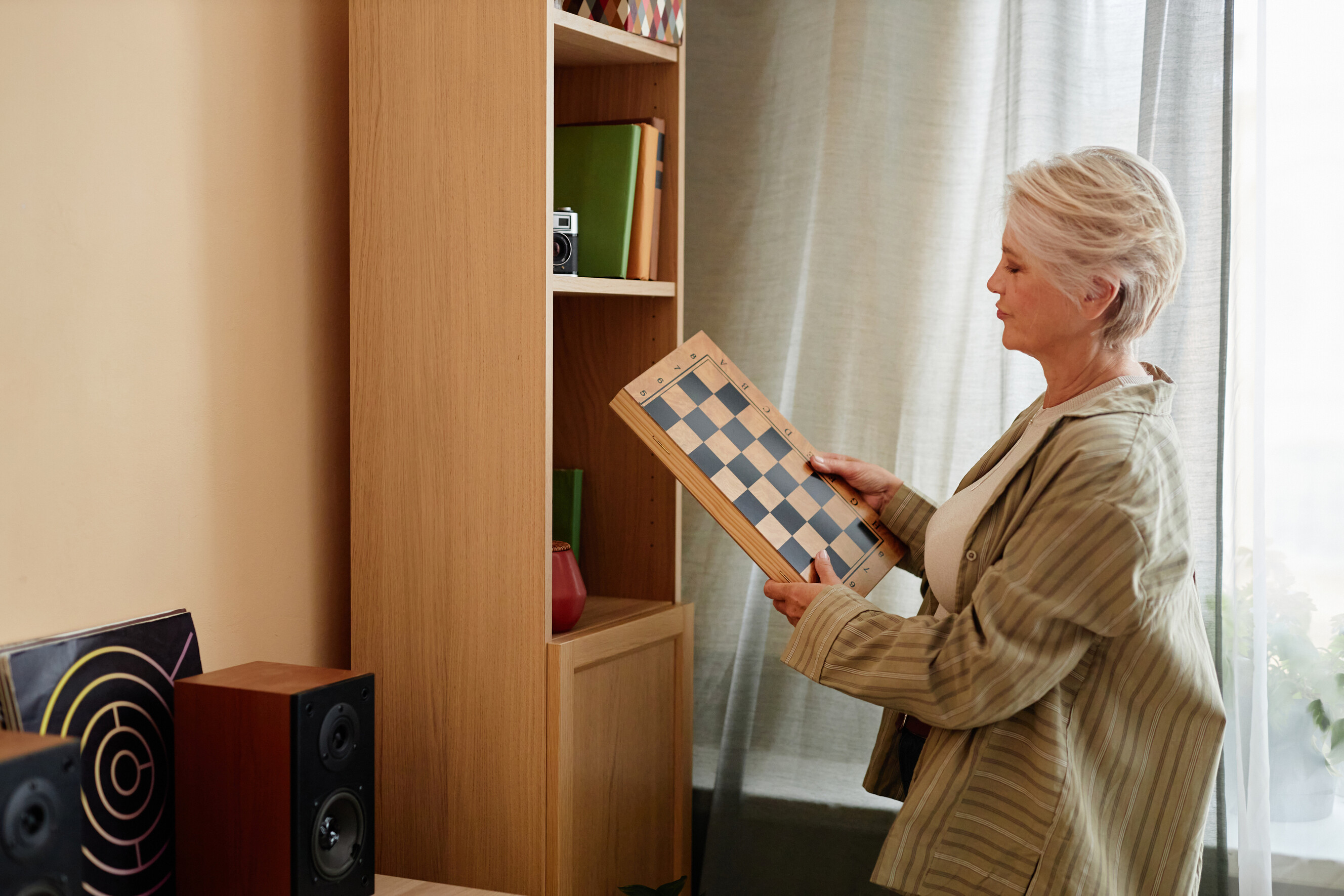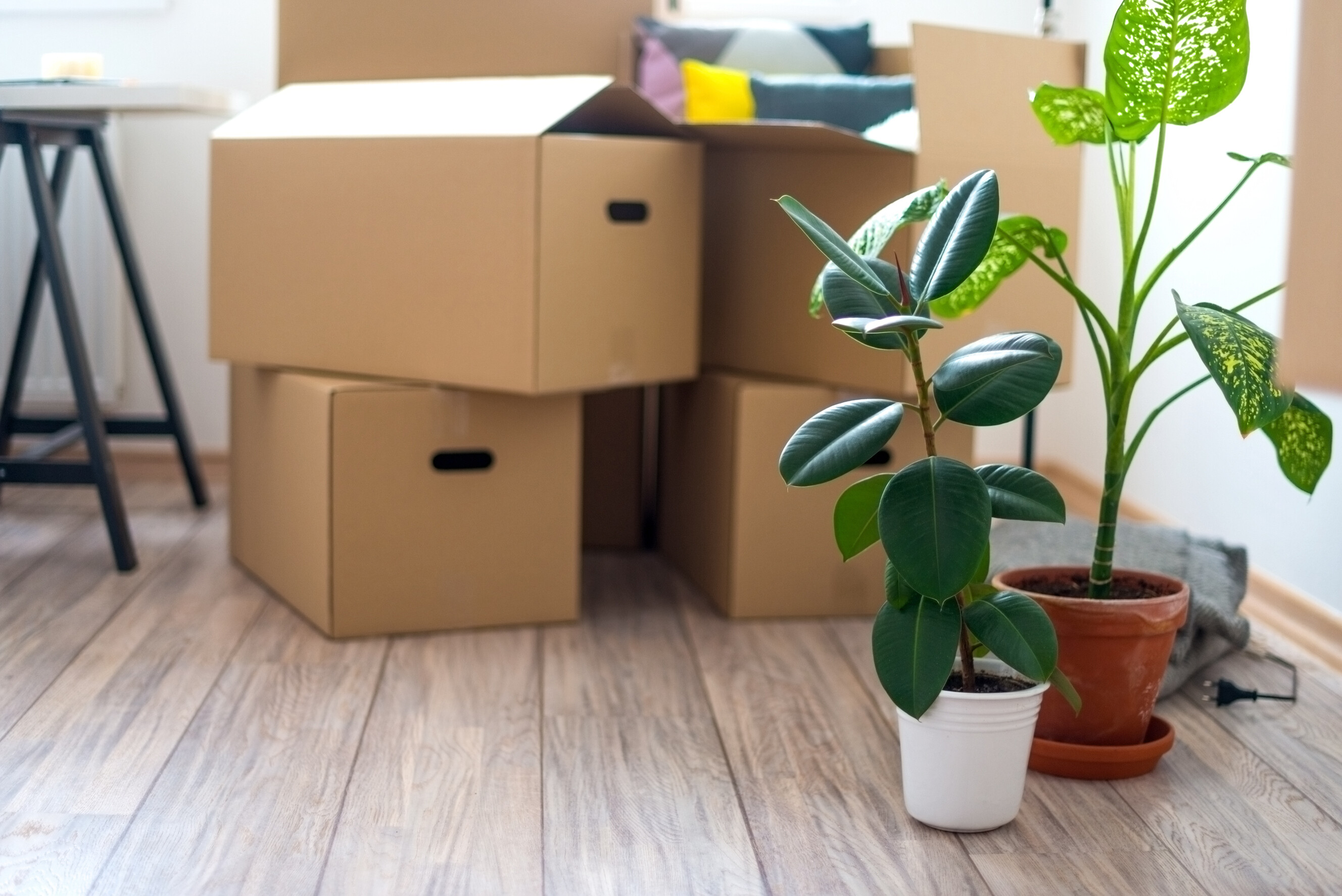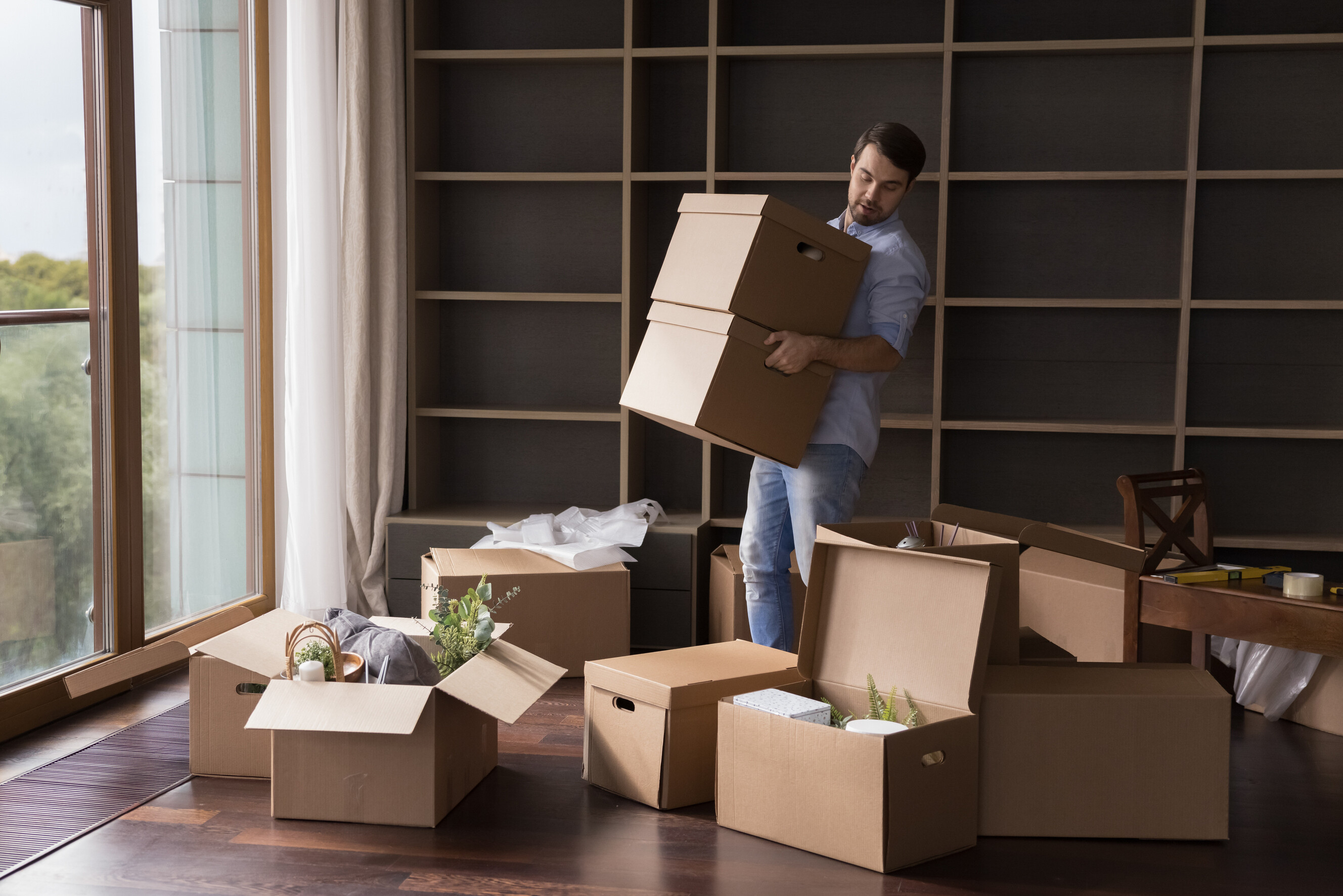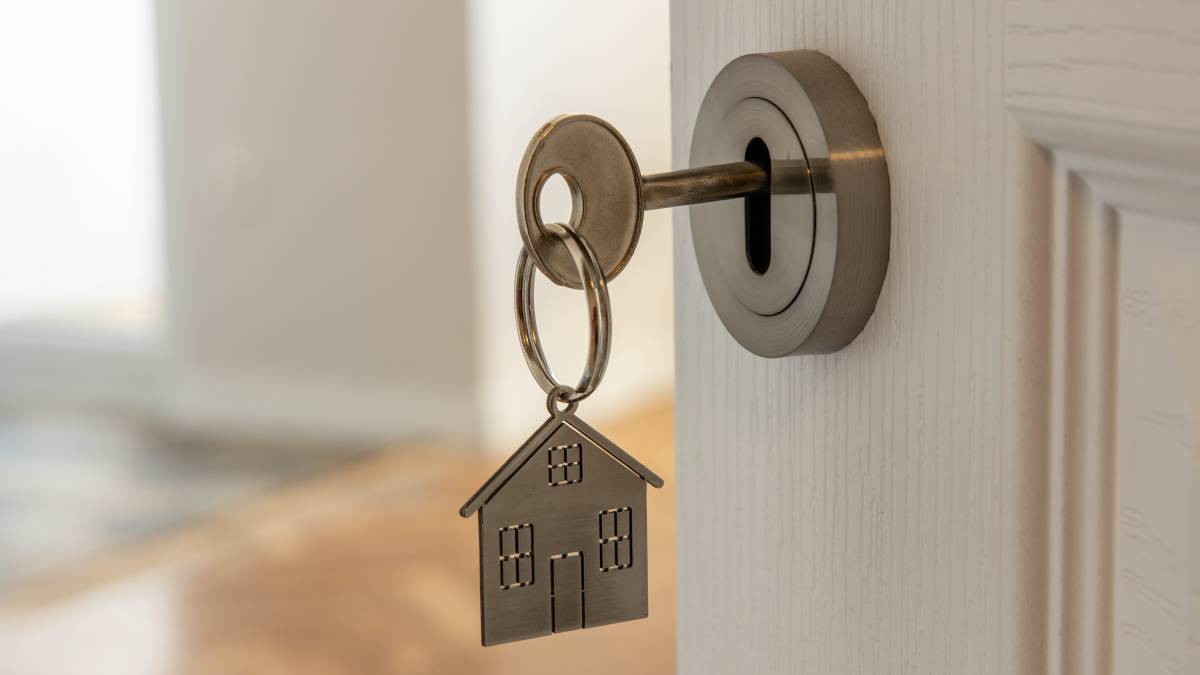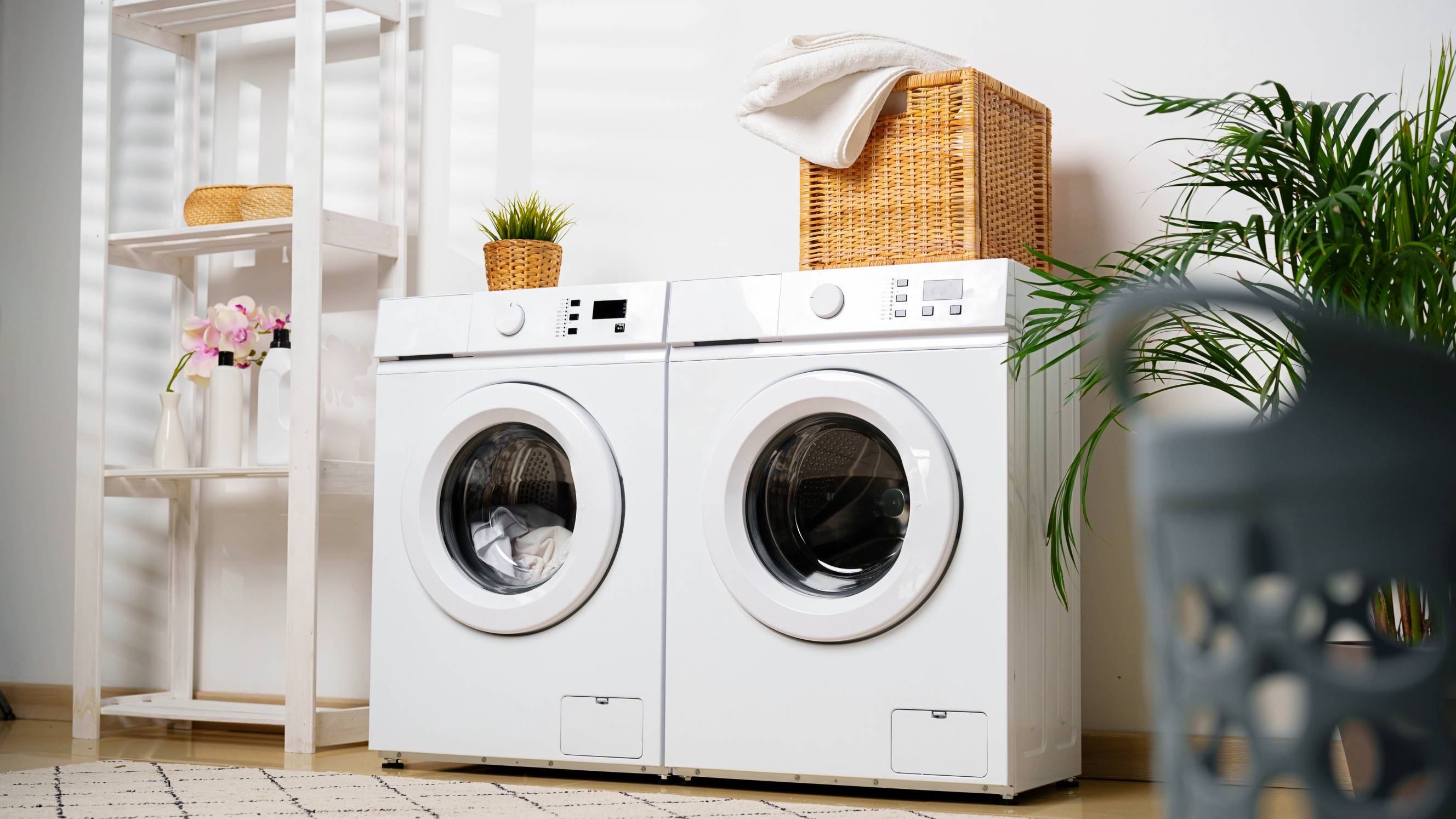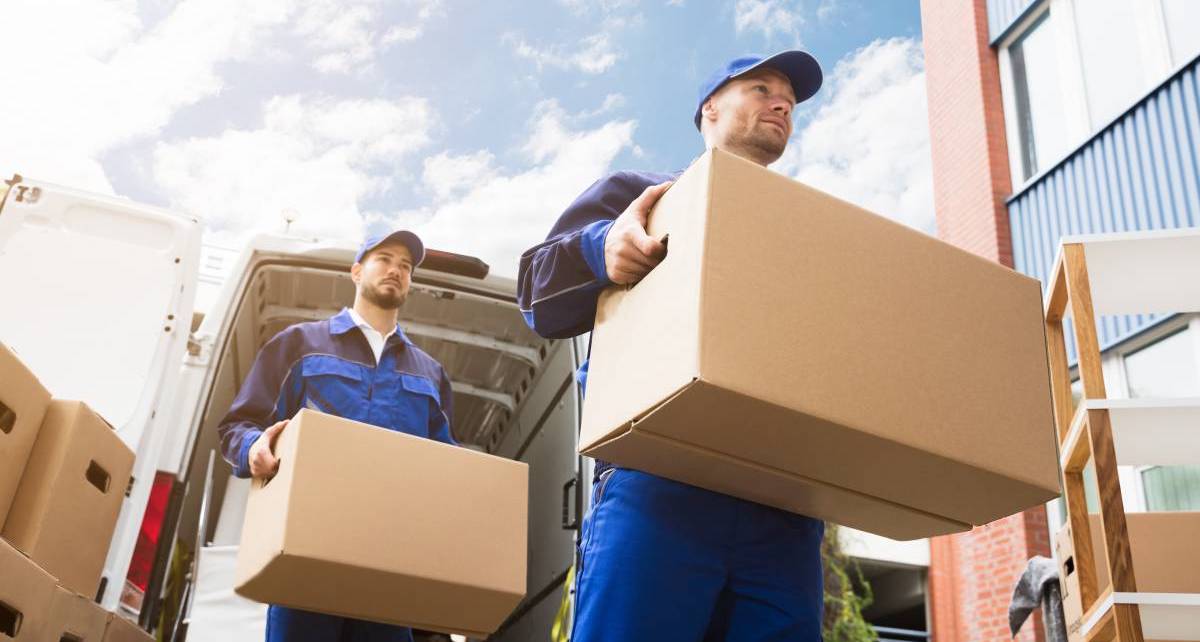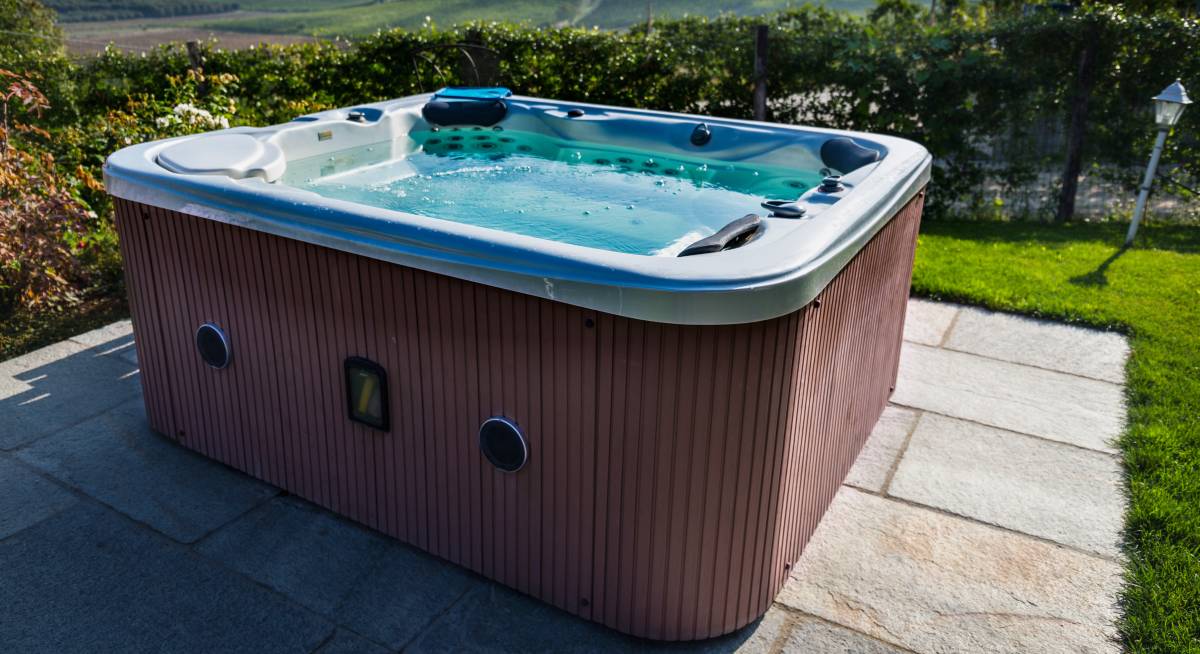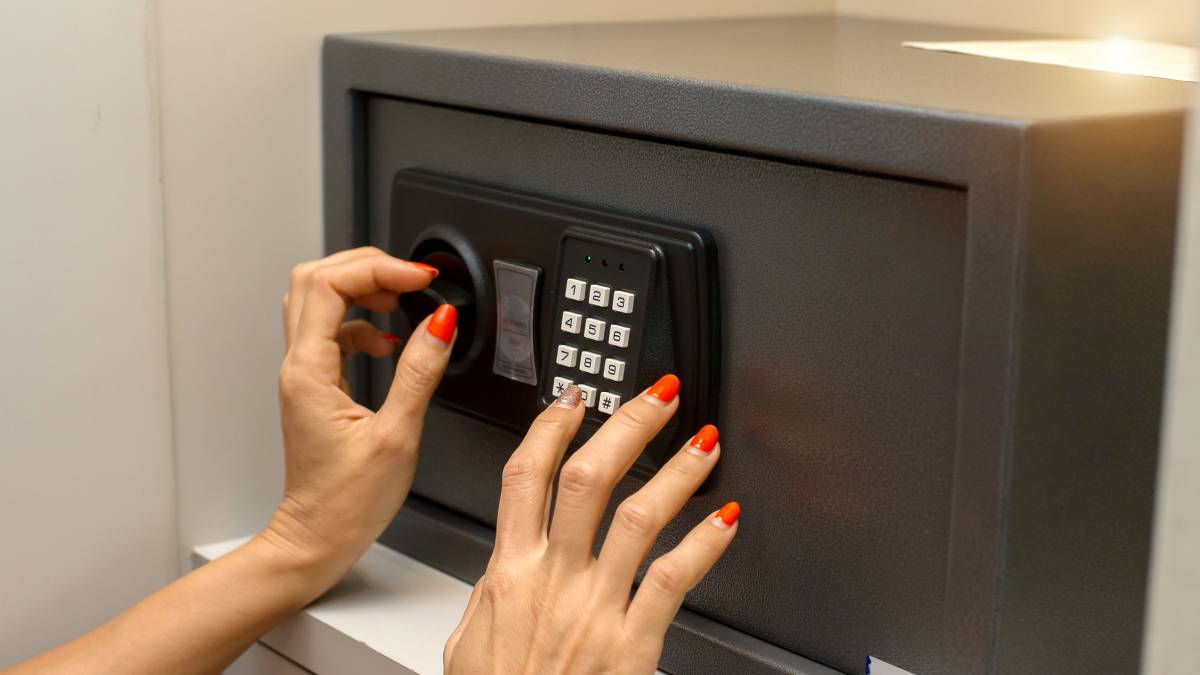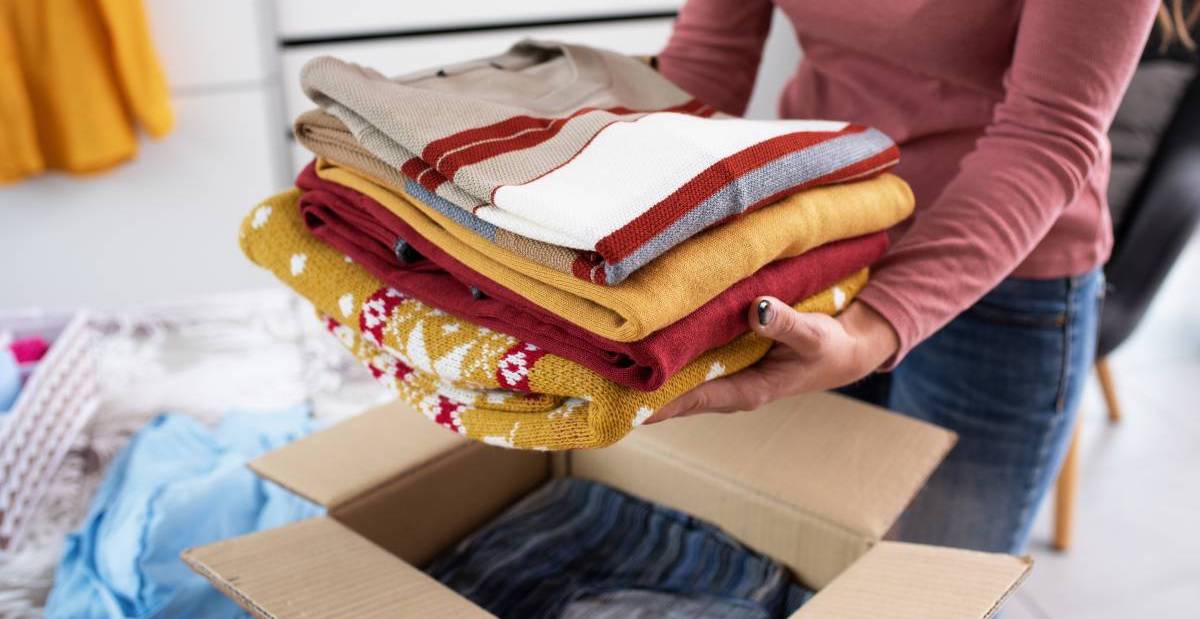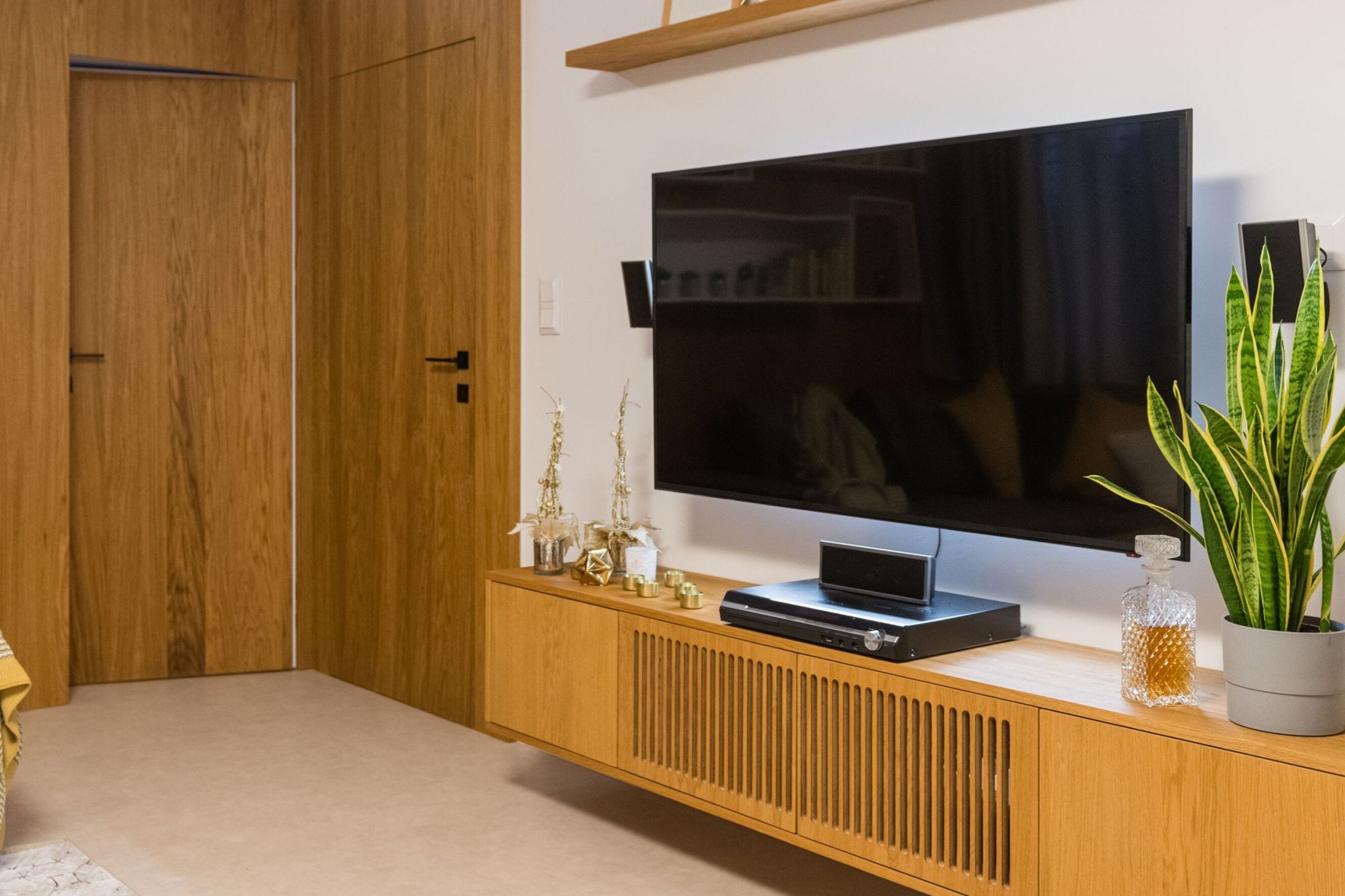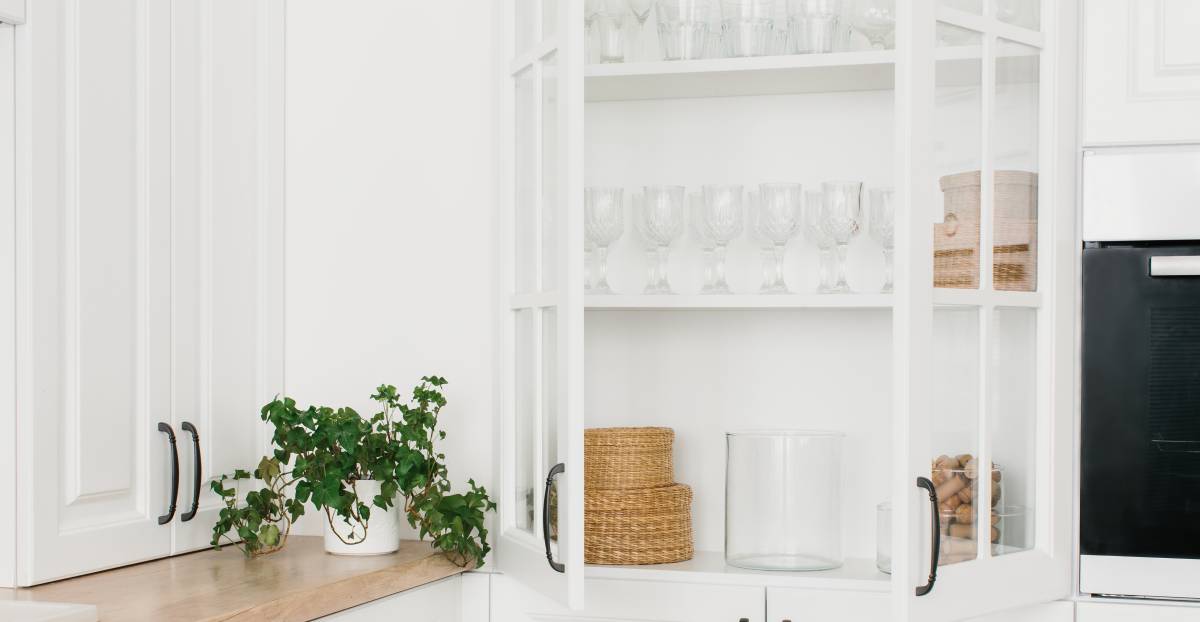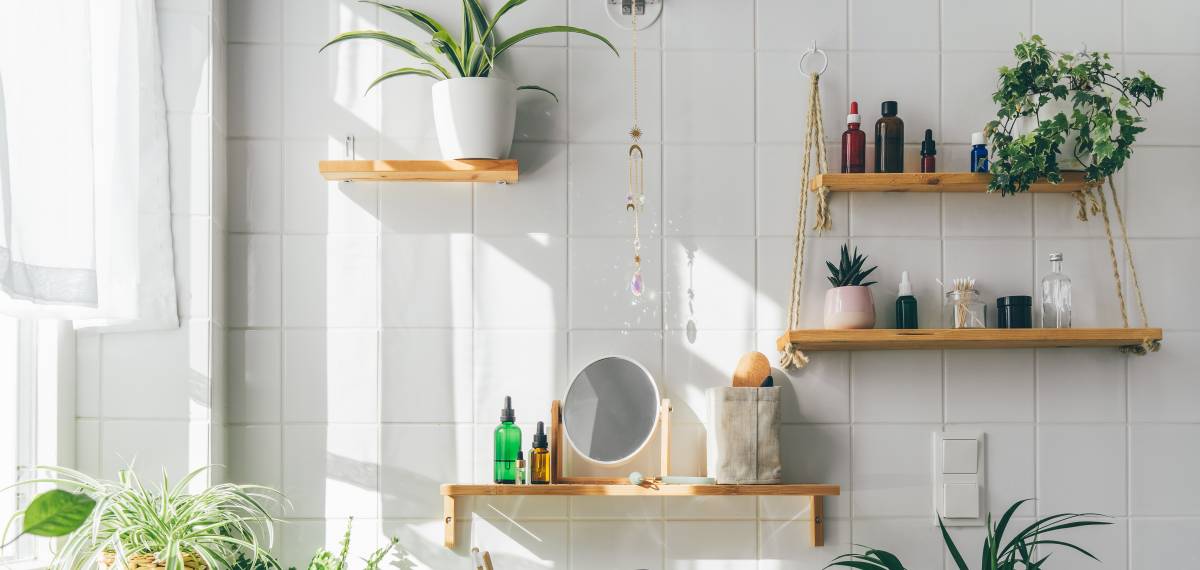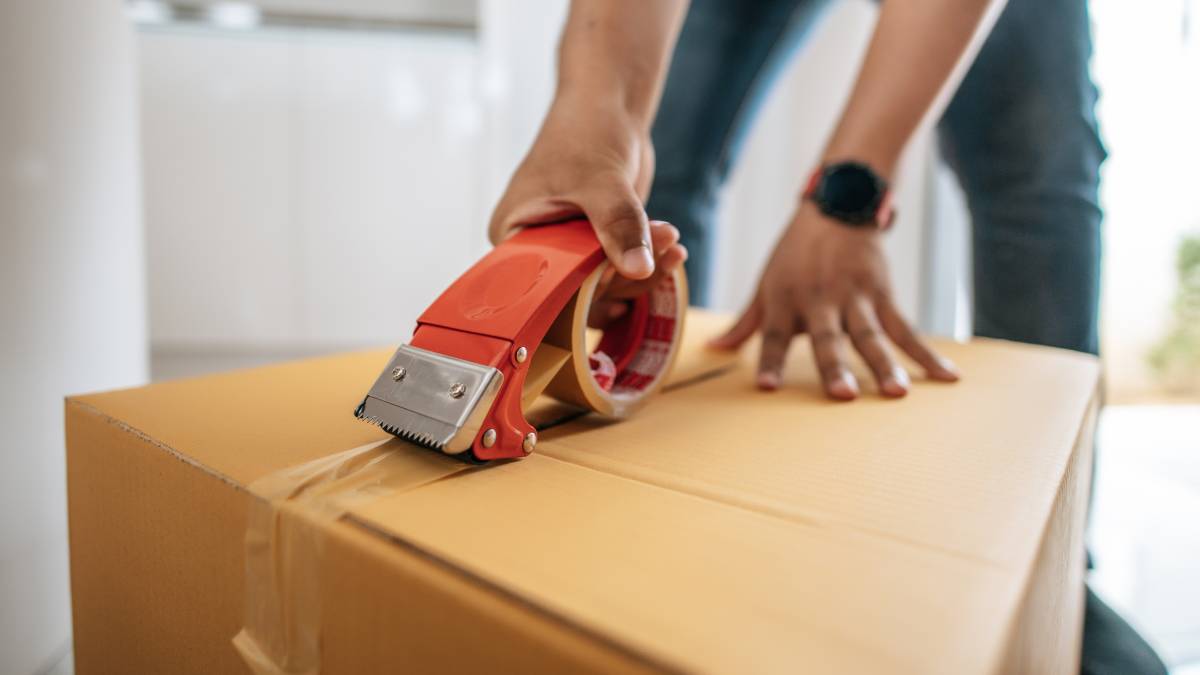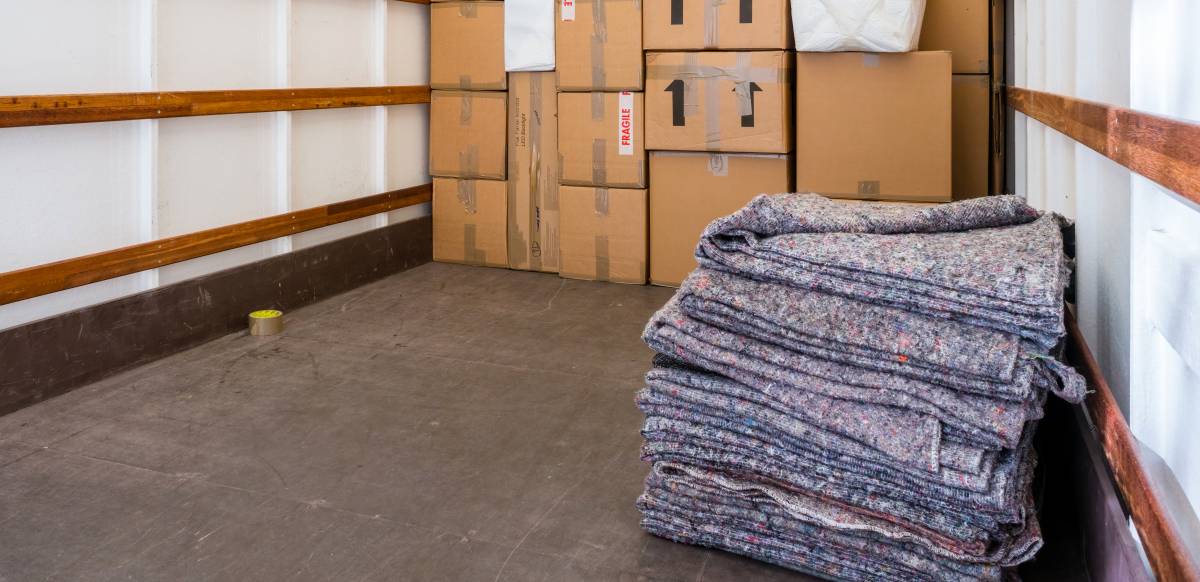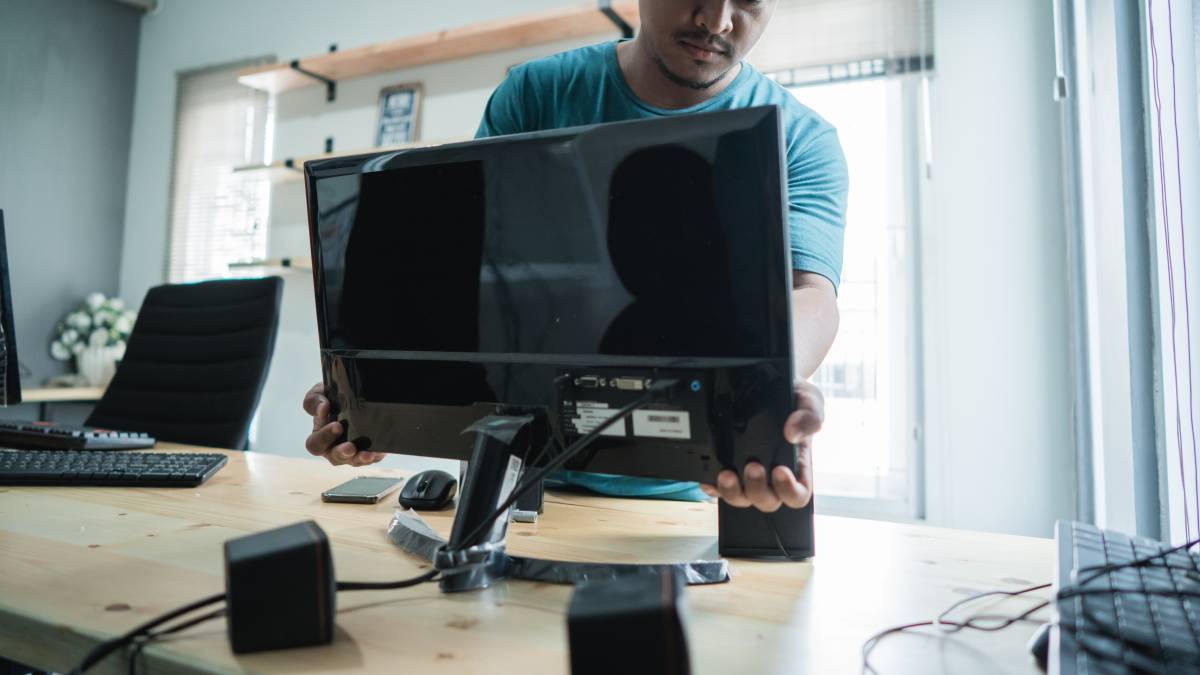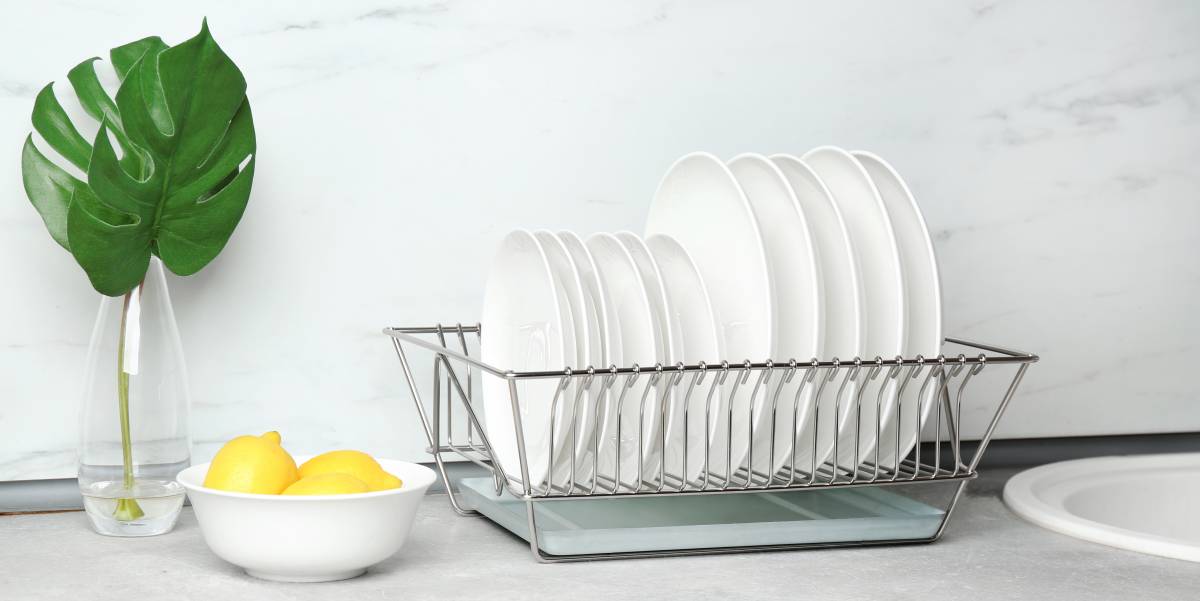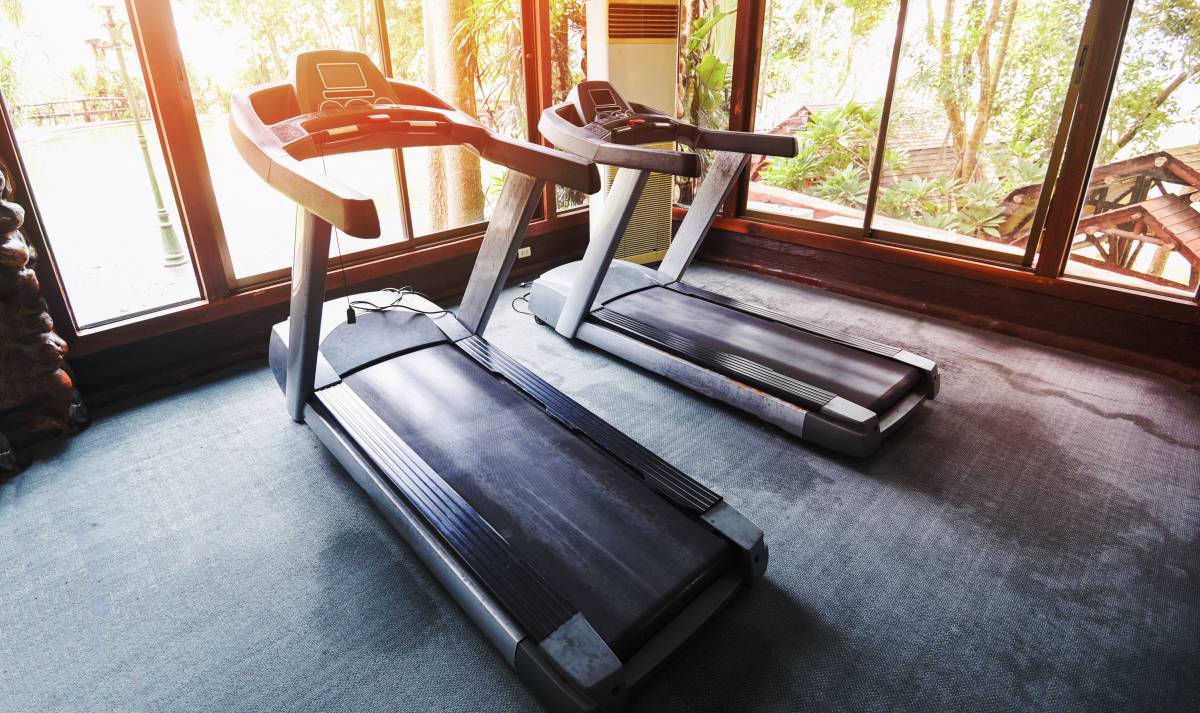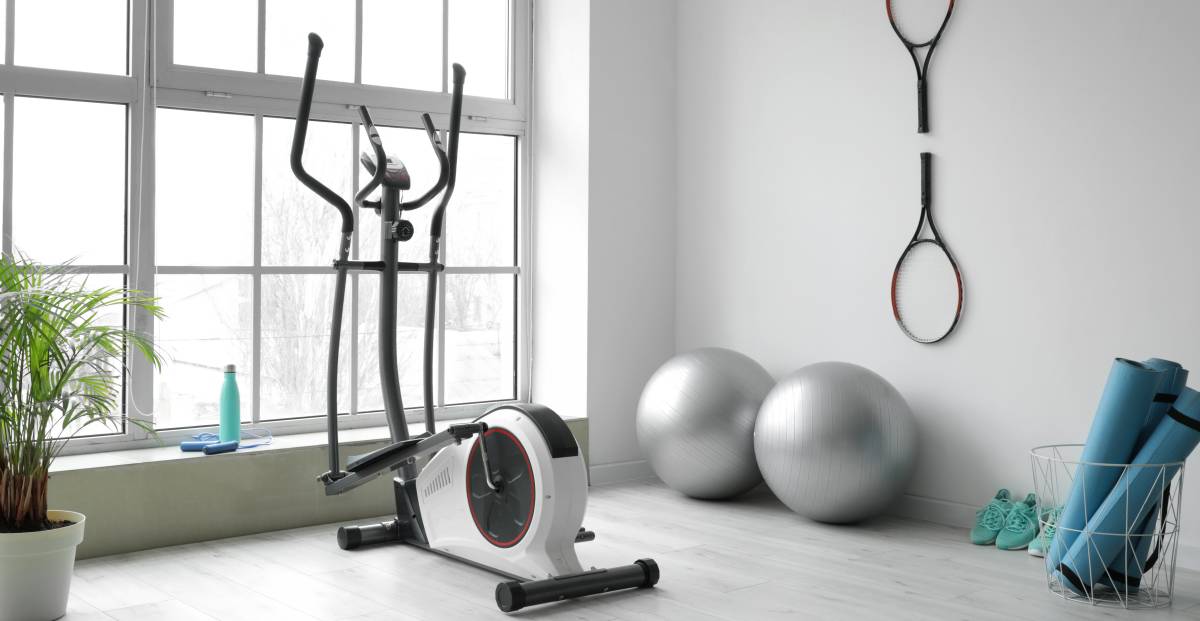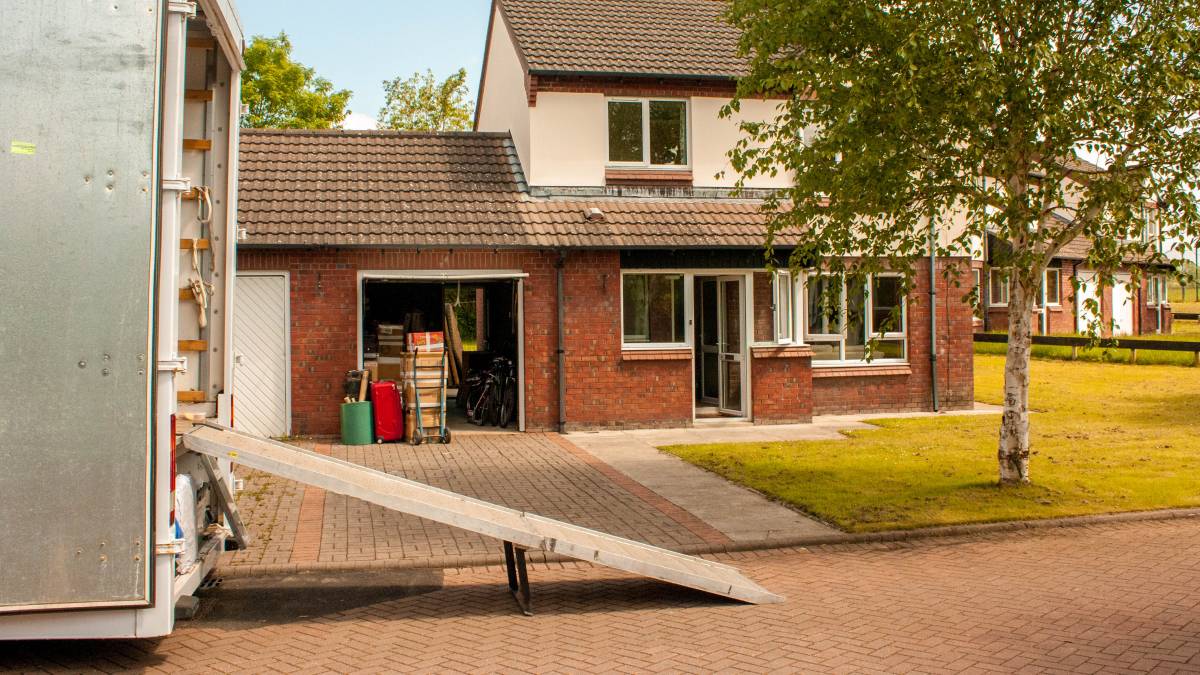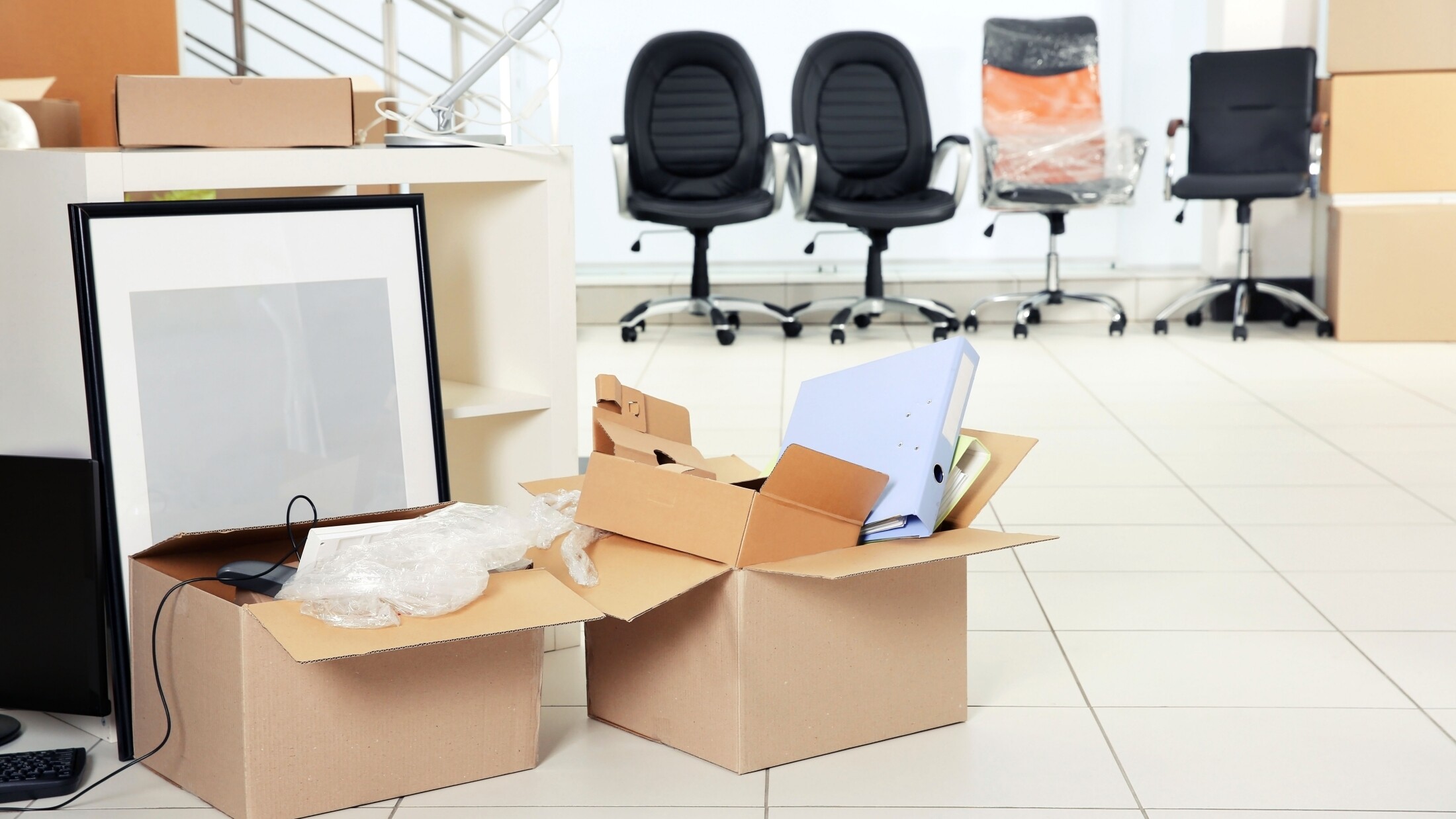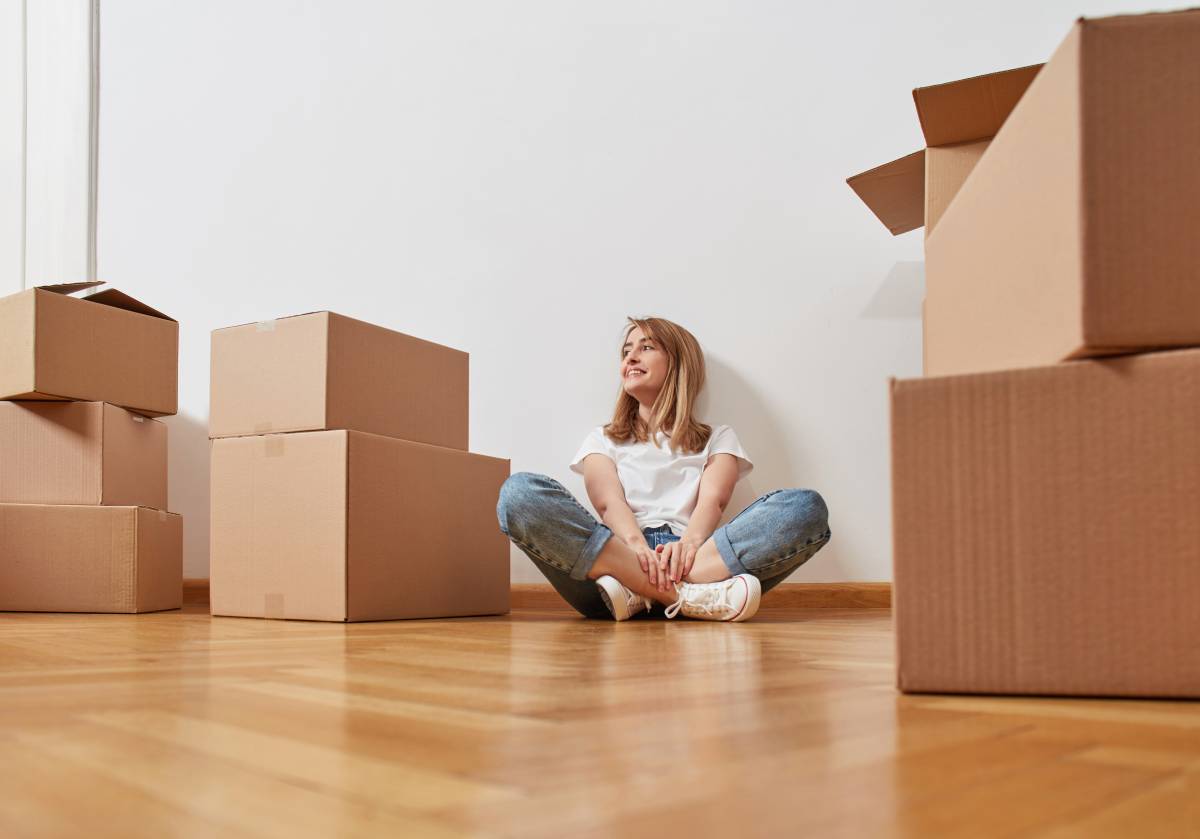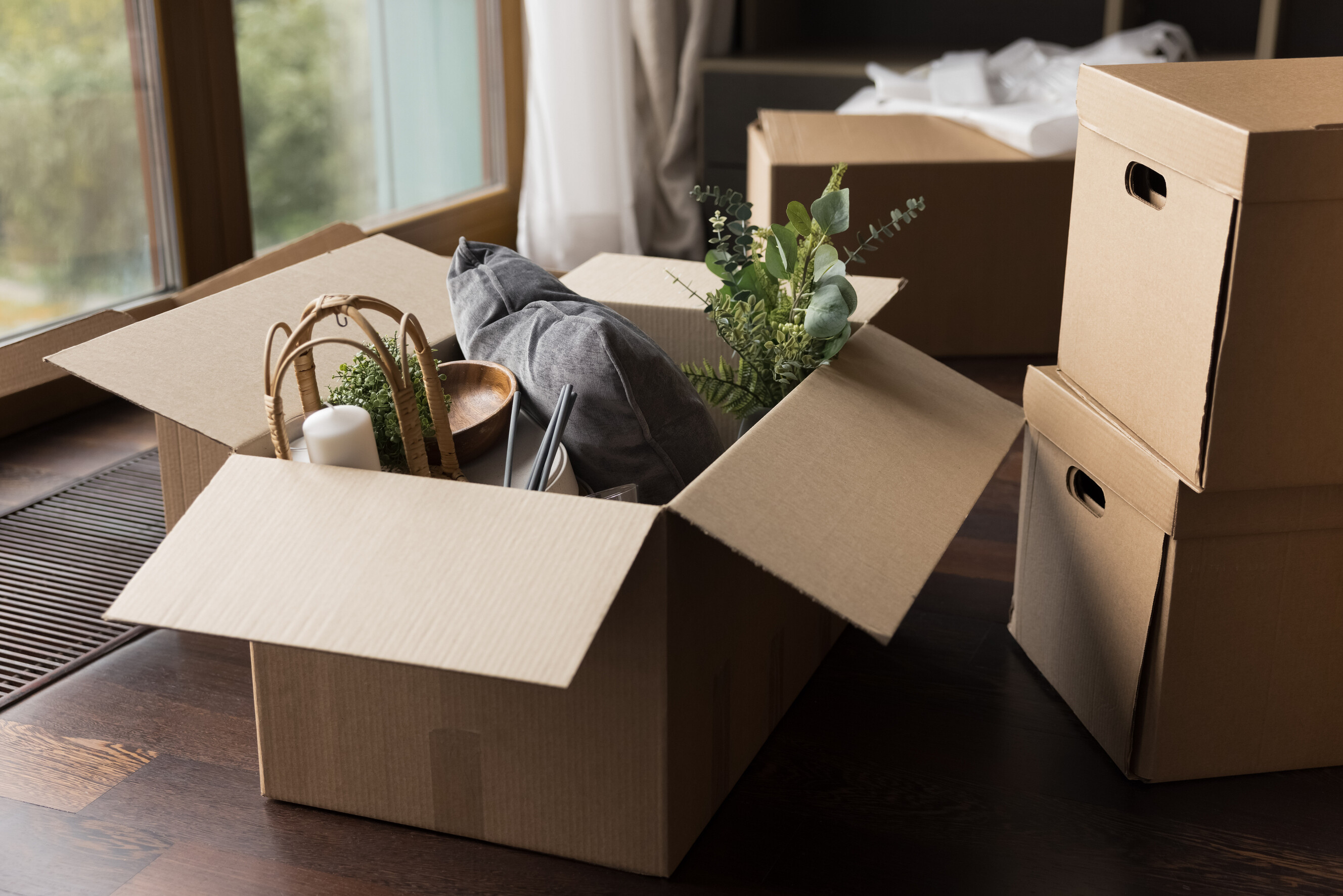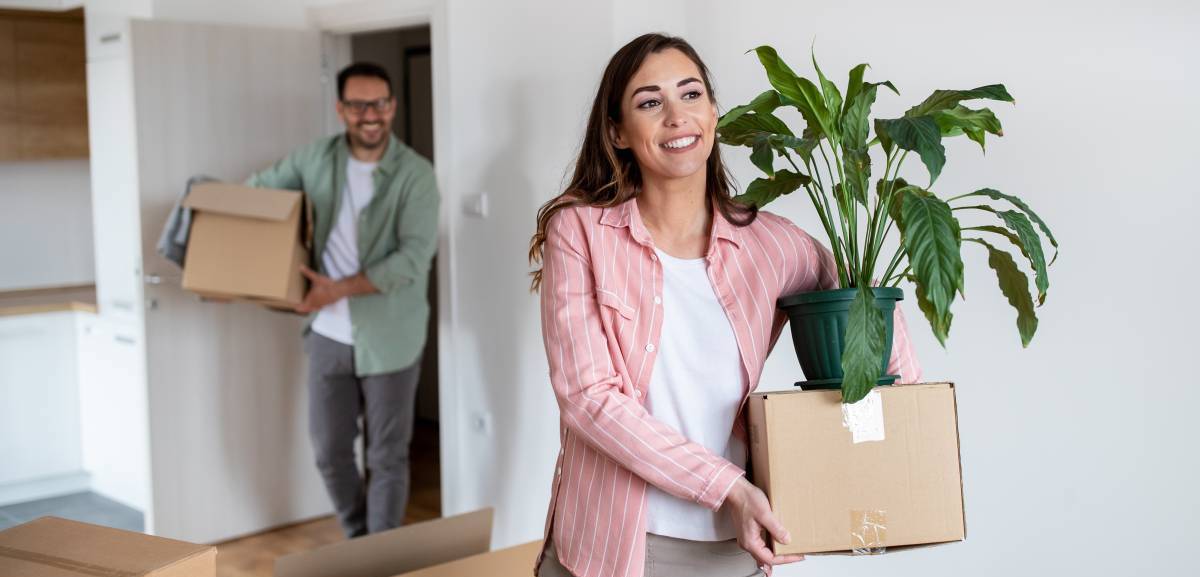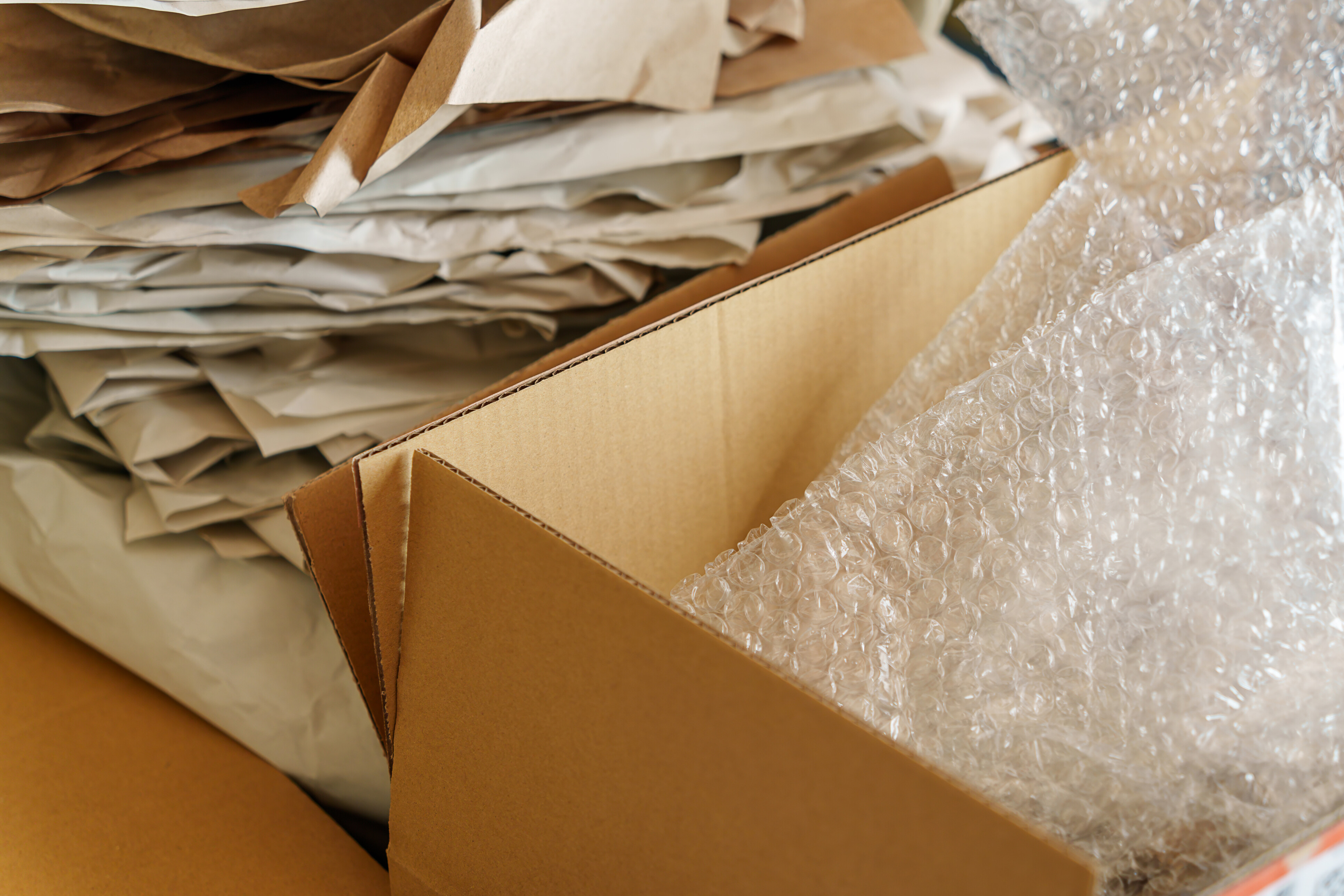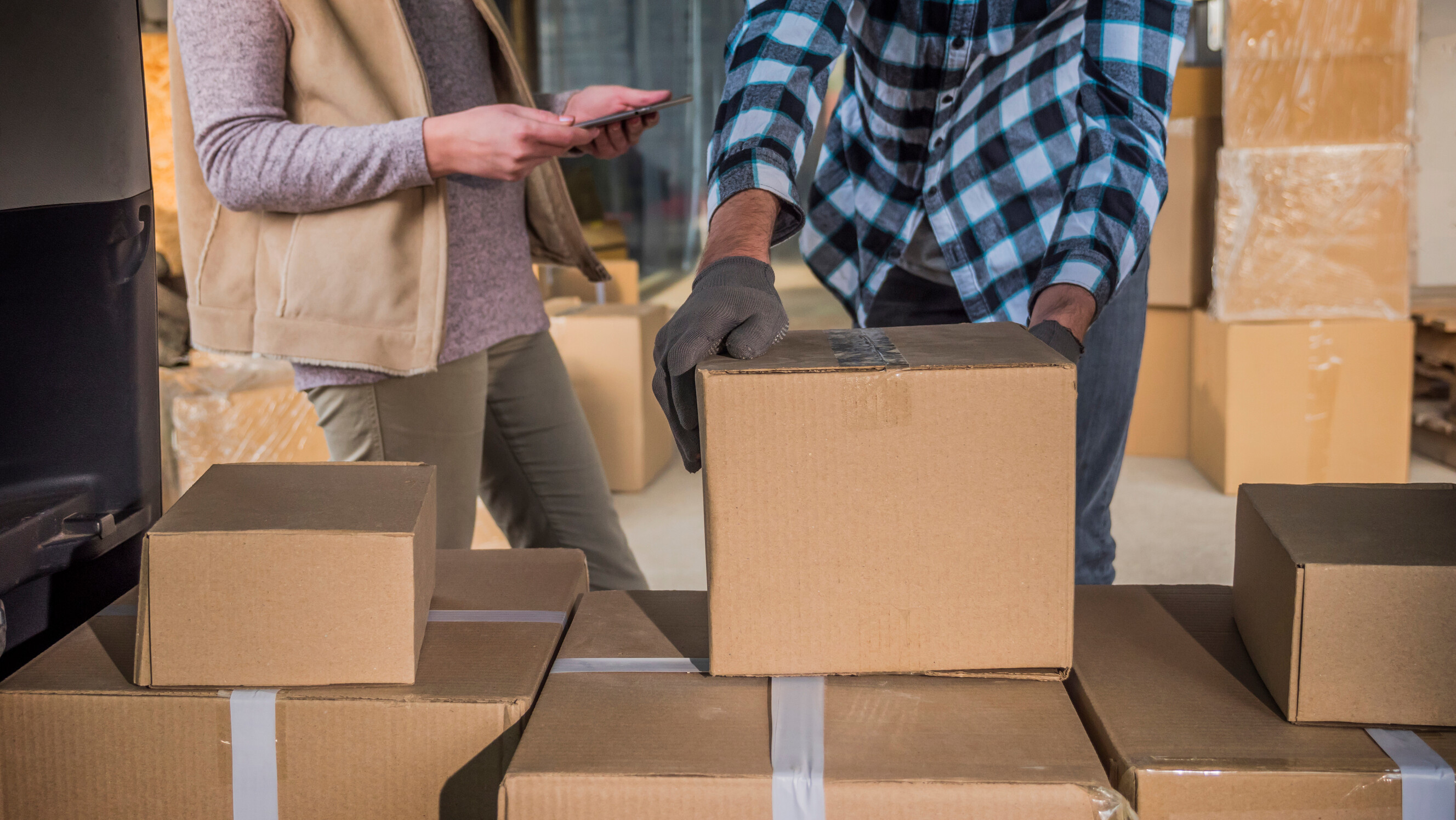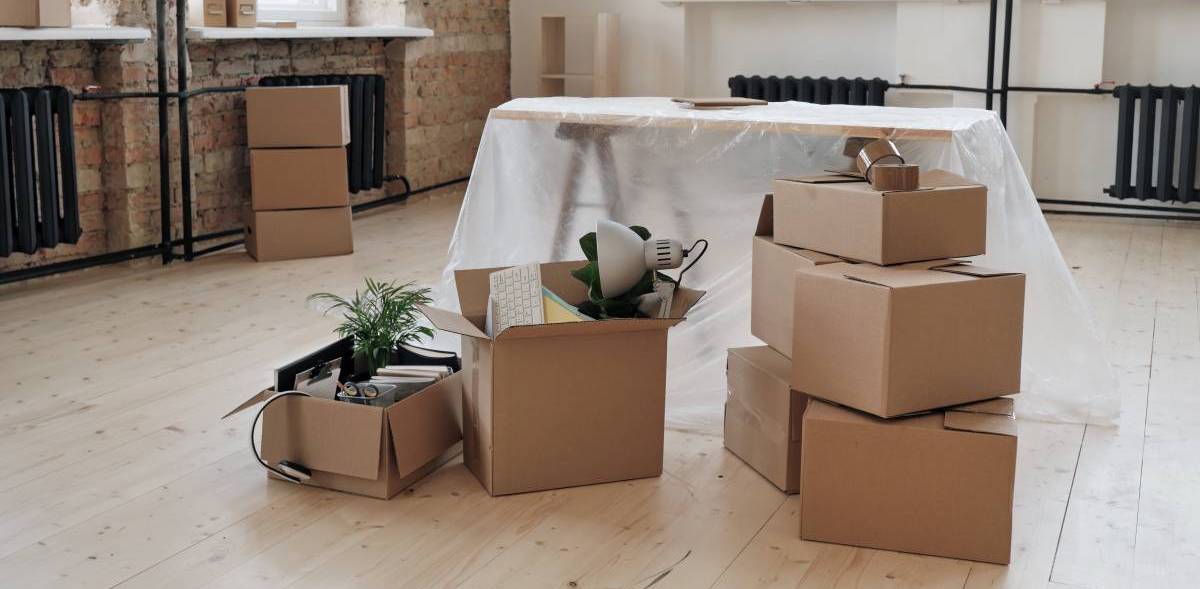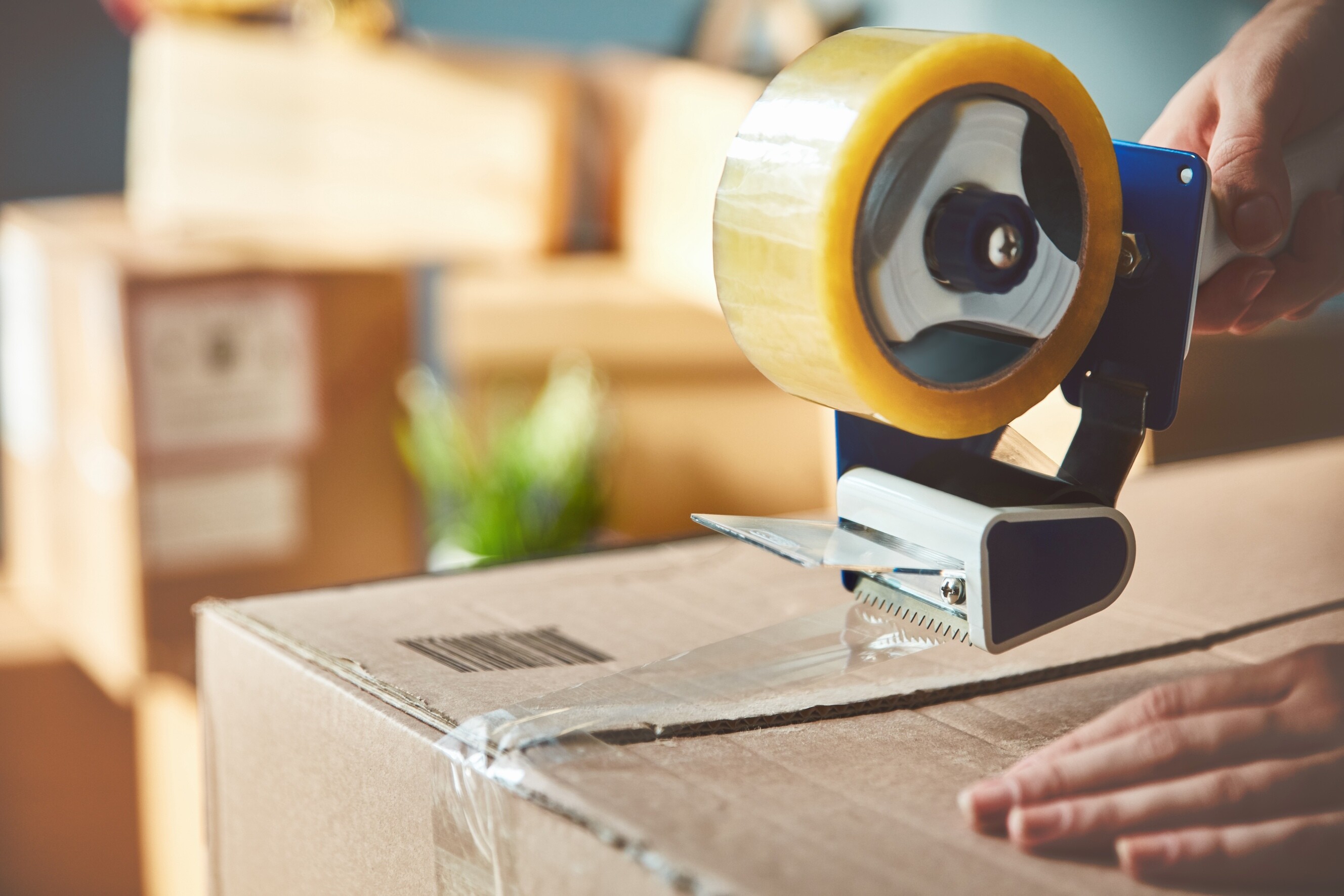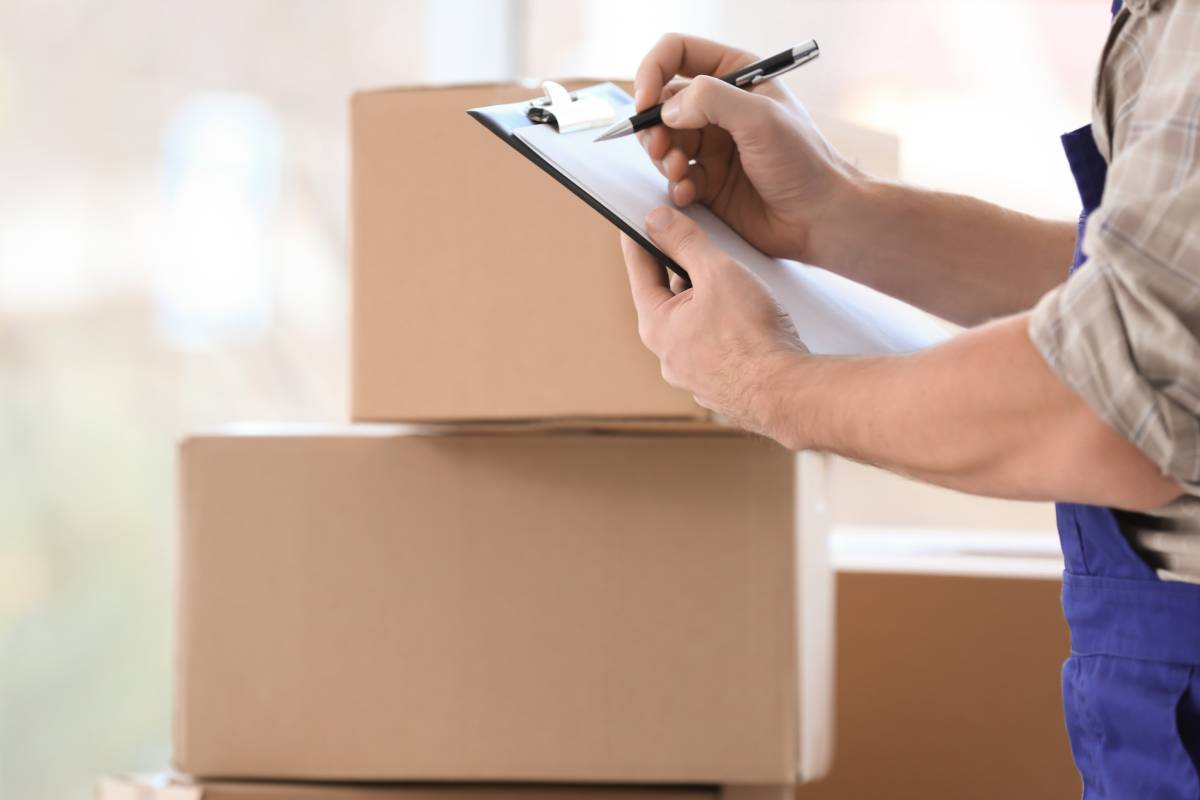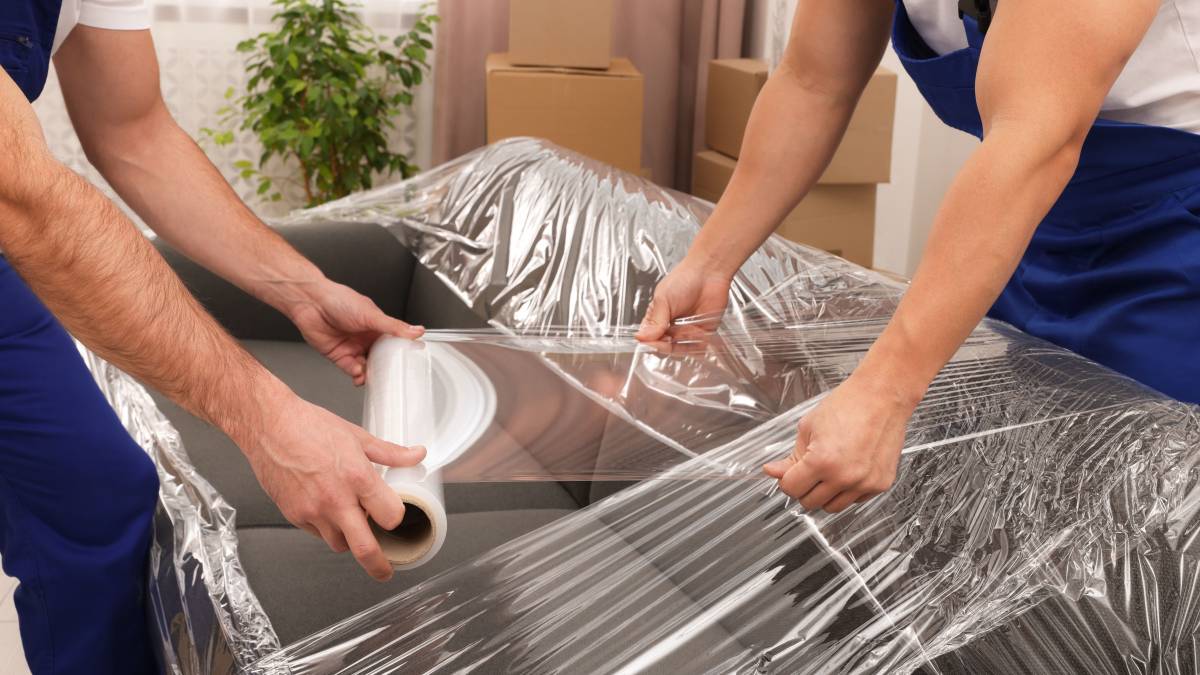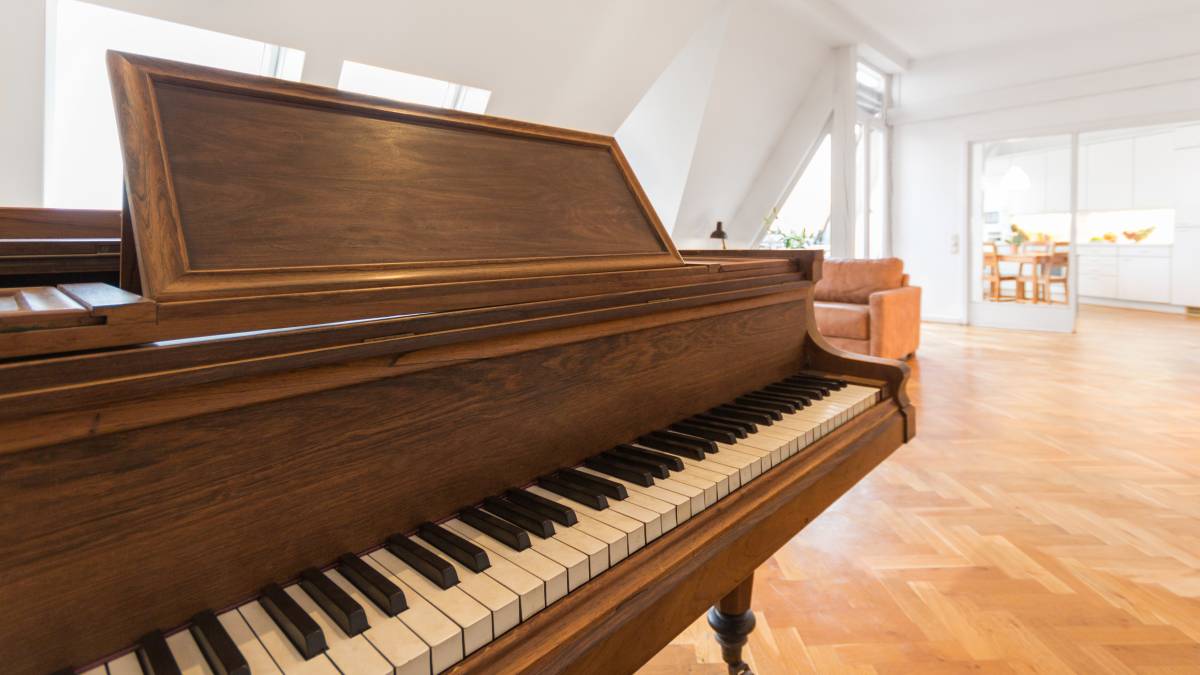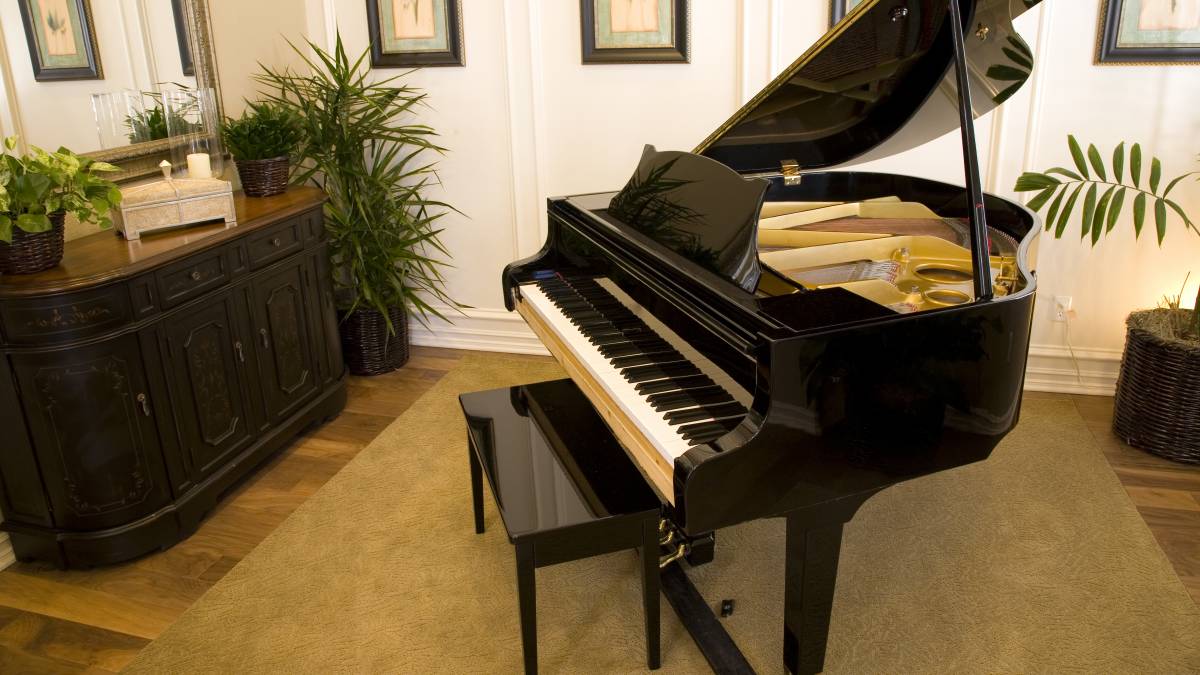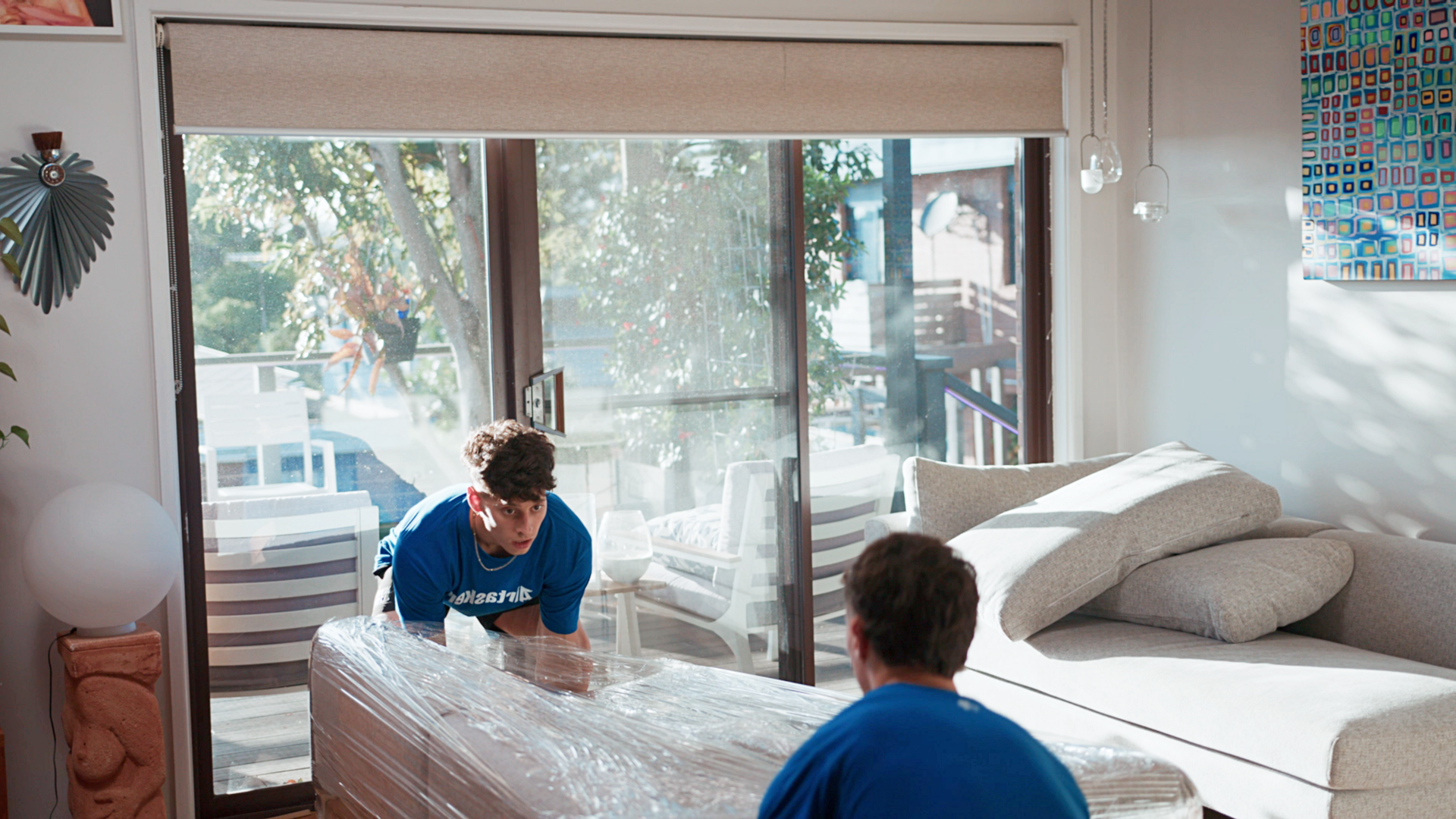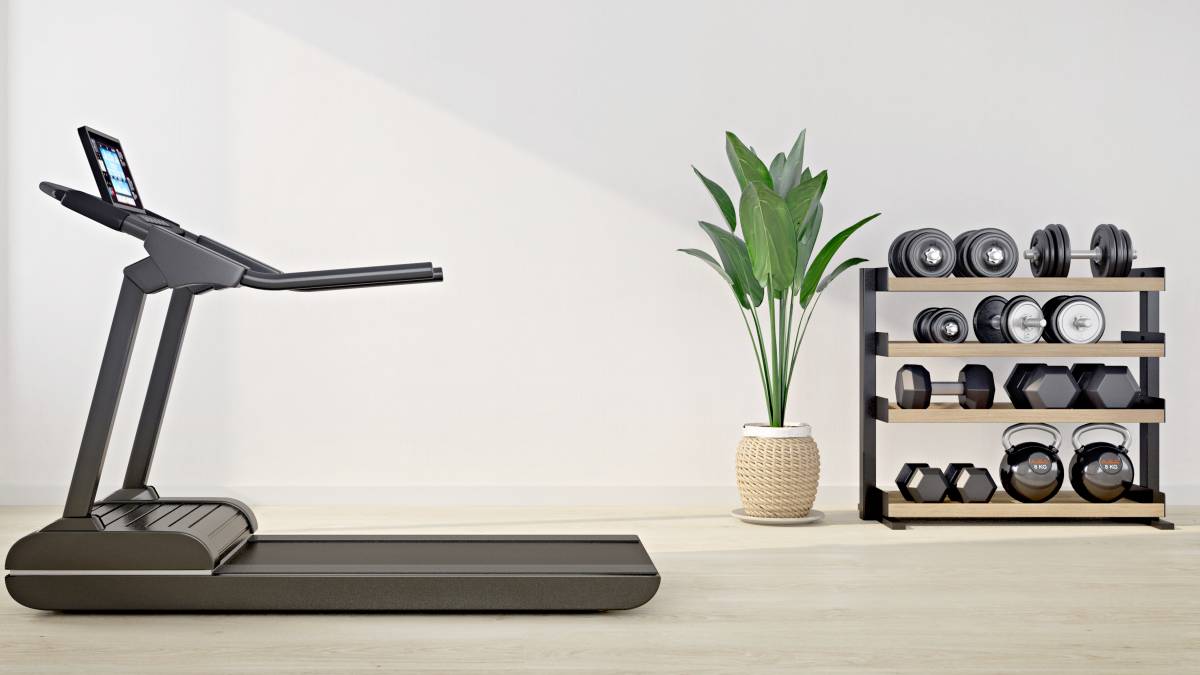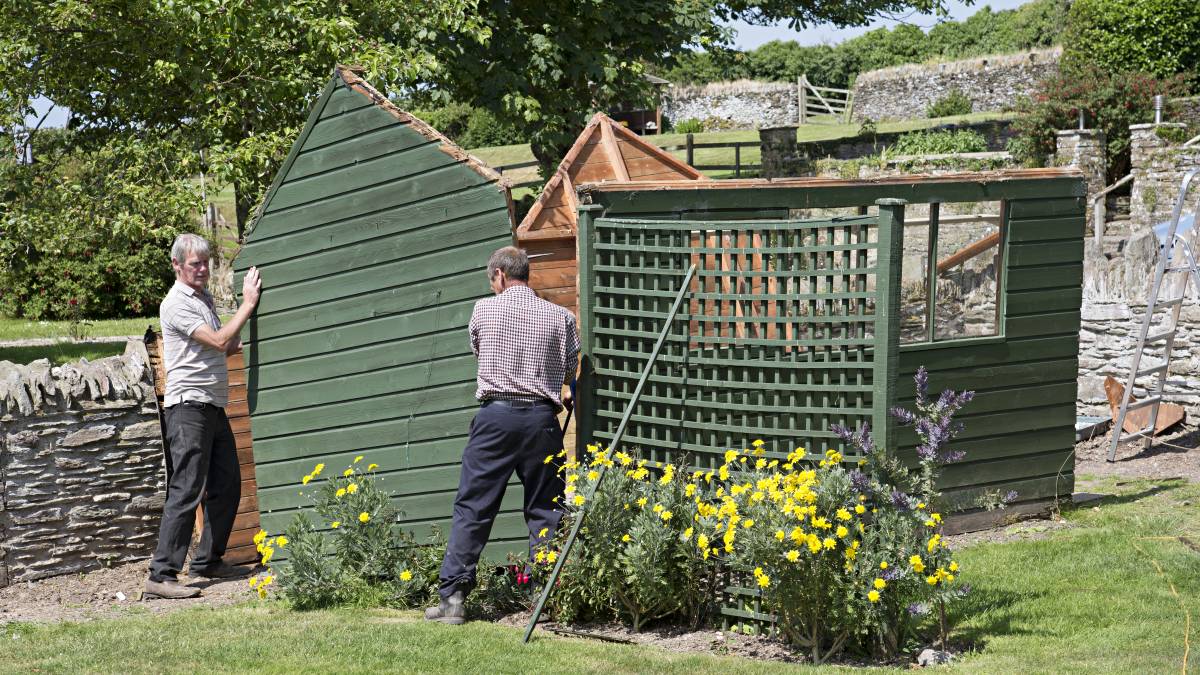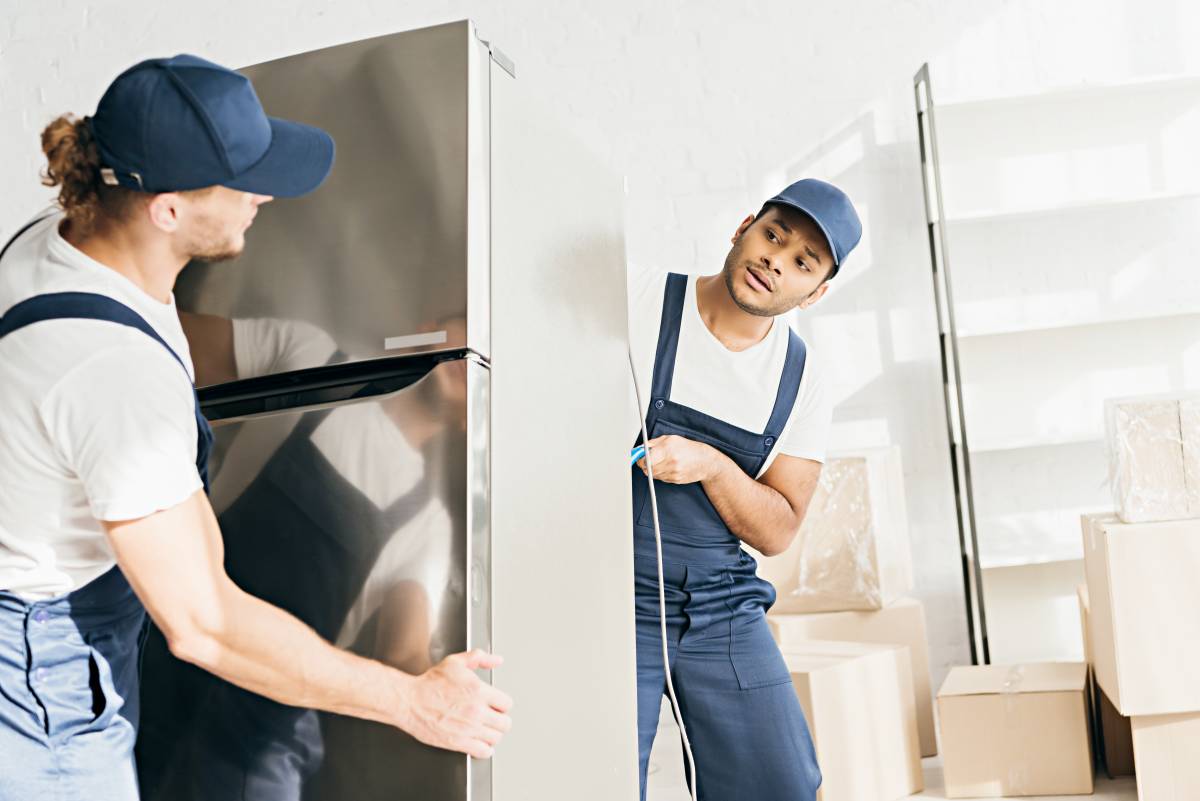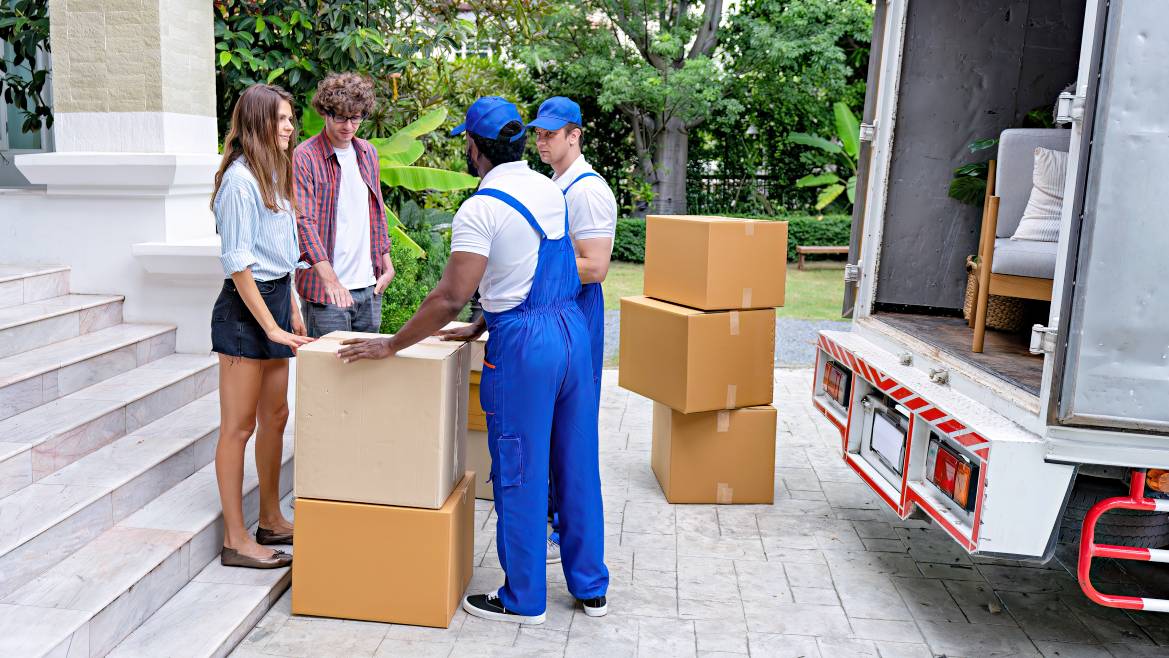
- Home/
- Guides/
- Packing & Unpacking/
- How to Pack Glasses for Moving
How to pack glasses without breaking them
Pointers on how to wrap fragile items and avoid breakage
Last Updated on

Written by Genine T.
Staff Writer
Read more about our contributor
Key Takeaways
Most glassware breaks because of poor packing, not the move itself. Even short trips can lead to cracks if items aren’t wrapped and appropriately cushioned.
Standing glasses upright is the safest way to pack them. This lets the base carry weight evenly and prevents pressure on delicate rims or stems.
It’s best to use a newspaper only as a backup or for short moves. Avoid wrapping it directly around any glass you want to keep clean, as it might leave ink stains behind.
Nothing ruins moving day quite like unpacking a box of glass shards where your wine glasses used to be. In the US, about 15% of glassware cracks and breaks during moves because of careless packing. Too often, it gets wrapped in random materials and hastily thrown into any available box, rather than being treated as a priority.
Fortunately, packing glasses isn’t as complicated as it seems! To help you out, this moving guide shows you exactly how to pack glasses for moving so they arrive at your new place in perfect condition, ready for that first celebratory drink.
What you’ll need before you start
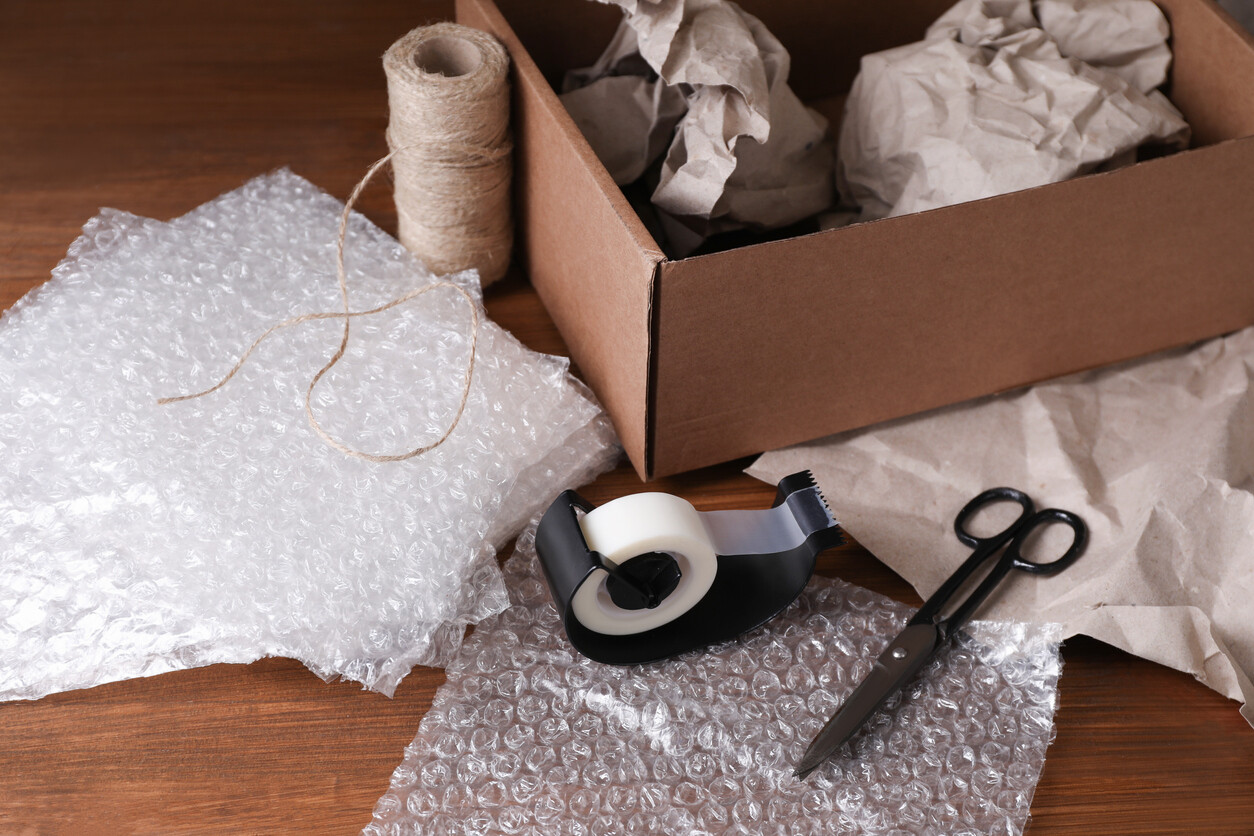 Essential materials and tools laid out for packing glasses. (Source: iStock)
Essential materials and tools laid out for packing glasses. (Source: iStock)
Success with packing glassware comes down to having the right materials ready before your house move day arrives. Here are the supplies you’ll need:
Moving boxes (dish packs or double-walled boxes): These heavy-duty boxes support the weight of glassware and minimize the risk of breakage from bumps or drops.
Packing paper or newsprint: The primary wrapping material that cushions each glassware to prevent scratches, chips, and shifting inside the box.
Bubble wrap (optional): A packing material that adds shock absorption for especially delicate pieces, reducing the risk of fractures from vibrations or knocks.
Cell dividers (if available): These pre-cut cardboard inserts create individual compartments, keeping glasses upright to prevent direct contact and breakage.
Packing tape and scissors: Ensure boxes stay securely sealed and wrapping materials are cut precisely to fit
Labels and markers: Help direct careful handling and make it easier to unpack items in the correct room without unnecessary handling.
Got packing materials from previous deliveries? For added protection, you may reuse void fillers like packing peanuts, foam sheets, or air pillows to fill empty spaces and minimize shock and friction during the move.
Preparing your glassware for packing
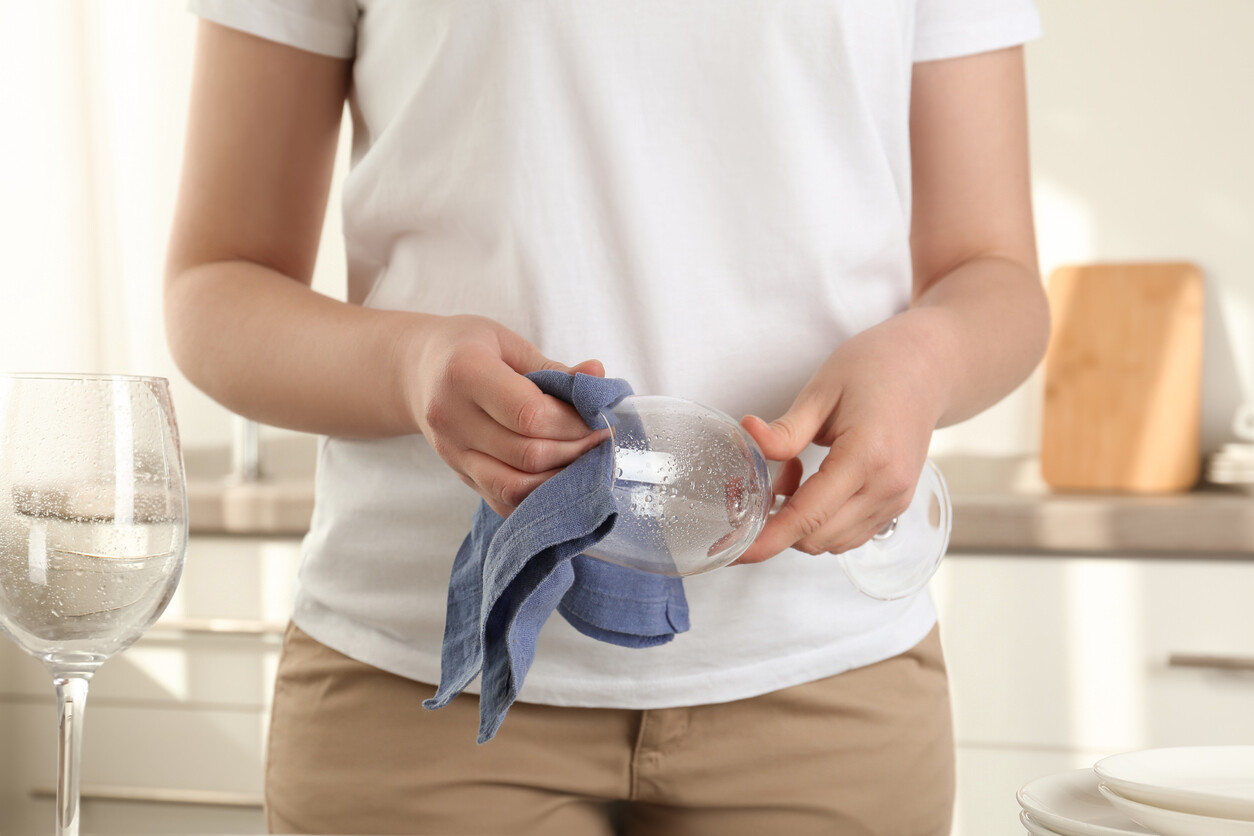 Carefully drying glassware with a soft cloth in the kitchen. (Source: iStock)
Carefully drying glassware with a soft cloth in the kitchen. (Source: iStock)
Whether preparing for a small load move or relocating interstate, the best way to pack glasses for moving starts with assessing your collection. Take a moment to check what you actually use, then set aside anything chipped, pitted, or no longer needed. It’s the perfect time to donate mismatched sets or recycle old glassware and discard anything that could be a health risk.
Remember, a quick sort now saves time, space, and hassle when the real packing begins.
Inspecting and cleaning all glasses: Begin by quickly cleaning each piece, as you do not want any critters finding crumbs during the move. Also, don’t forget to check for any cracks or damage that could worsen during transport.
Grouping by size and type: Sort glasses, cups, and mugs into groups of similar sizes, such as wine glasses, coffee mugs, tumblers, and stemware. This makes packing more efficient and helps you choose the right wrapping technique for each type.
Setting aside extremely delicate or sentimental items for extra care: Items like crystal stemware, antique pieces, or family heirlooms should be identified early so you can allocate additional time and materials for their protection.
When you pack dishes alongside glassware, the same careful preparation saves time and ensures everything arrives safely. Group similar items together and scrub everything thoroughly before wrapping to prevent unpleasant surprises when unpacking in your new home.
How to pack glassware for moving: A step-by-step guide
Here’s exactly how to wrap and box up your glassware the smart way.
Step 1: Line the box
When packing fragile items, the last thing you need is the bottom of the box collapsing mid-move. To avoid that mess, start by checking that your box is in good condition without any tears, weak corners, or dents. Then, seal the base firmly with strong packing tape, applying it in a cross pattern over the flaps to reinforce every seam.
Once the base is secure, create a thick cushion using loosely crumpled packing paper. Aim for a layer about 3 to 4 inches deep. This soft base acts as a shock absorber, keeping your precious glassware protected from bumps and knocks by minimizing impact and preventing direct contact with the bottom of the box. You may also add a layer of any void fillers for extra protection.
Step 2: Wrap each glass individually
The rule of thumb for packing kitchen items is simple: heavy first, delicate last. Start with your heaviest glass items, like chunky mugs and plates, at the bottom of the box to anchor everything down. Then work your way up with increasingly fragile items. This way, your delicate pieces ride safely on top instead of getting crushed underneath.
To wrap glasses properly, lay out a sheet of packing paper on a clean, flat surface. Place a glass in one corner at an angle, then roll it tightly, tucking the ends into the opening as you go. Fold the excess paper over the base to create a snug bundle. You shouldn’t be able to feel the glass shape through the wrapping. If you can, add another layer.
Step 3: Add extra padding
 Decorative glasses being wrapped in protective materials for moving. (Source: iStock)
Decorative glasses being wrapped in protective materials for moving. (Source: iStock)
Surrounding your items with soft materials adds an extra layer of protection against movement and pressure during transit. So, when packing fragile items for moving, start by placing padding between each layer of glassware in the box. You can use bubble wrap, crumpled packing paper, tea towels, or clean, thick socks. Socks are especially useful for narrow or stemmed wine glasses, helping to keep each piece secure and separated.
For extra protection, wrap fragile glasses in a final layer of bubble wrap with the bubbles facing the glass. This further helps cushion any bumps during the move.
Step 4: Use dividers (optional)
Once your glassware is wrapped and padded, it’s time to keep everything in place. Cardboard dividers are one of the simplest ways to prevent items from knocking into each other during transit. They’re especially helpful during delicate item relocation because they balance the weight and make lifting safer.
Pop the dividers into your box before loading them into your wrapped glasses, one per slot. No dividers? Simply cut up some spare cardboard or fold thick paper to make your own. The important thing here is to make sure each glass has no room to slide around or rattle.
Step 5: Pack glasses upright
While it may feel safer to lay glasses on their sides, this actually increases the risk of breakage. Glassware is designed to bear weight vertically, with the base offering the most support. Standing glasses upright allows pressure to distribute more evenly and reduces stress on delicate parts.
When you lay glasses on their sides, you’re actually putting stress on the weakest points, such as the rim and any curves in the glass. This is especially important when packing stemware, as the stem can snap if placed sideways with weight on top.
Step 6: Seal and label the box
Once your glasses are packed upright and all gaps are filled, it’s time to seal the box securely. Use strong packing tape along all seams to create an H-pattern that keeps the box firmly closed. Avoid using cheap tape, since it can also peel or split during the move.
Next, make sure your box is clearly labelled with “FRAGILE” and “THIS SIDE UP” in large, easy-to-read letters on at least two sides, and add the destination room, like “Kitchen” or “Dining Room.” You can also include extra labels such as “GLASSWARE,” “DISHES,” or arrows showing the correct upright position for added clarity.
Tips for packing different types of glasses
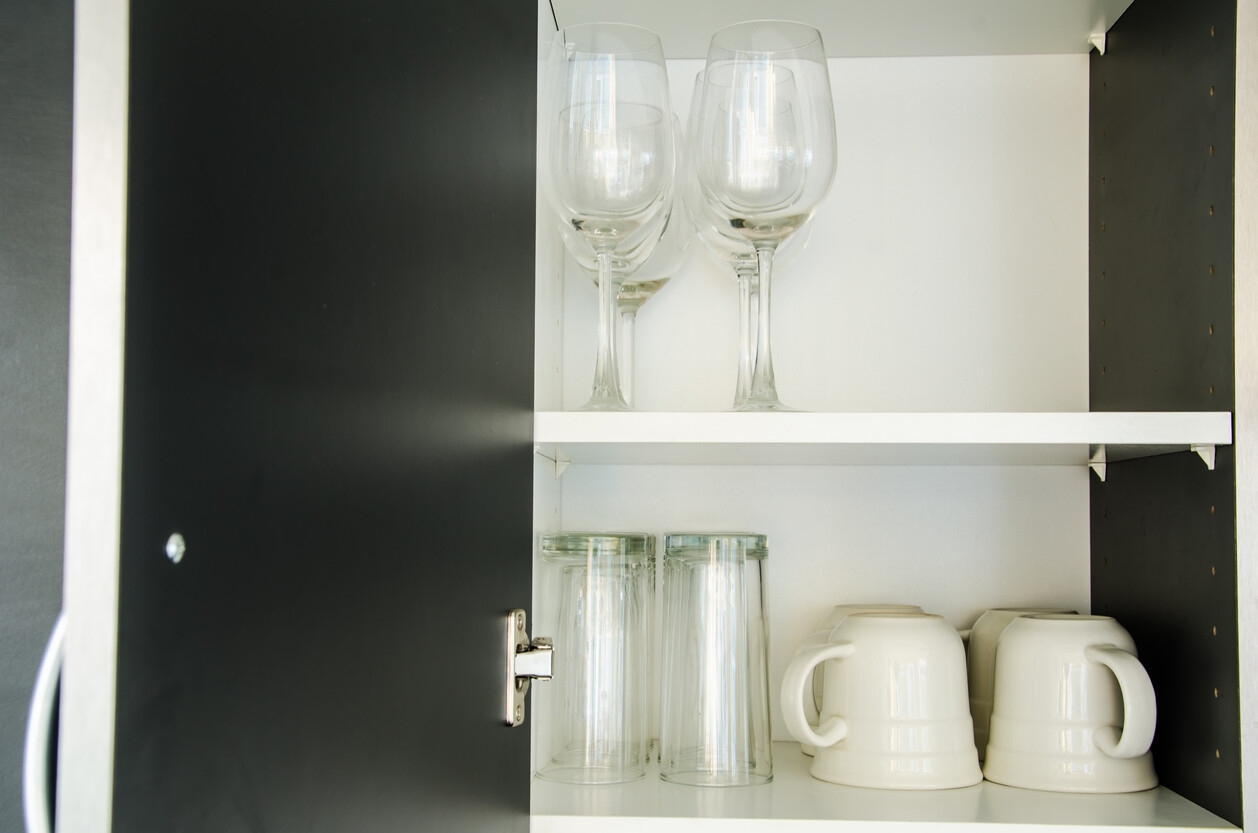 Kitchen cupboard displaying neatly arranged glassware. (Source: iStock)
Kitchen cupboard displaying neatly arranged glassware. (Source: iStock)
Different glassware requires different packing methods. Whether you’re dealing with fragile stems, bulky handles, or stackable shapes, using the right technique helps prevent cracks, chips, and wasted space.
Wine glasses and stemware
Learning how to pack wine glasses comes down to protecting that stem without putting pressure on the bowl. To do this, pad the stem until roughly the same thickness as the bowl, then reinforce any weak spots with extra layers. Filling the bowl with crumpled paper also helps prevent collapse, creating a more stable, impact-resistant shape overall.
Mugs and cups
Coffee mugs and teacups are generally sturdier than stemware, but their handles require careful attention. Wrap extra padding around the handle separately before wrapping the entire mug, as handles can easily break off if they catch on something. Fill the inside of mugs with small, soft items like clean socks or ball-up small cloths to maximize space and add internal protection.
Highball and lowball glasses
These sturdy glasses are among the easiest to pack, but their straight sides mean they can easily nest together and get stuck. Always wrap each glass individually, even if they’re from the same set. Their solid construction means you can use less padding than with stemware, but still fill the interior with crumpled paper to prevent internal pressure damage.
Common mistakes to avoid when packing glasses
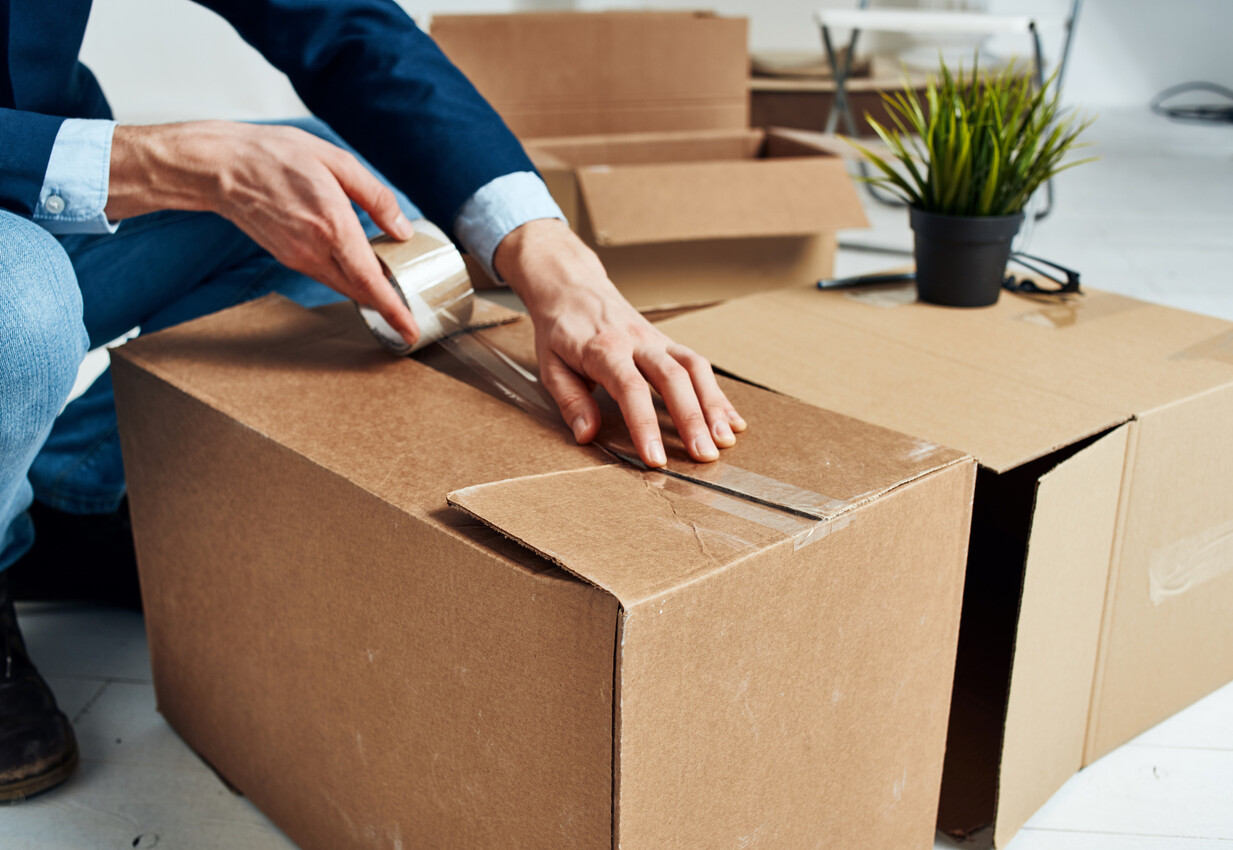 Taping up a large cardboard box for a move. (Source: iStock)
Taping up a large cardboard box for a move. (Source: iStock)
Even with the most careful packing, little mistakes often lead to breakage. If you want your glassware to arrive in one piece, knowing what not to do is just as important as following the right steps.
Using newspaper that can smudge: Newspaper might seem like an easy option, but the ink can transfer onto glass and leave stubborn stains. Use clean packing paper for direct contact, and reserve newspaper for extra padding only.
Overfilling or underfilling the box: Cramming too many glasses into one box creates pressure points that lead to cracks, while underfilling allows items to shift and knock against each other. Aim for a snug fit where nothing moves when gently shaking the box.
Stacking heavy items on top: Glassware boxes should never sit under heavier loads. If you’re also moving appliances at the same time, make sure these boxes are loaded last and kept on top to avoid crushing.
Skipping labels: Unlabelled boxes are more likely to be handled roughly or stored upside down. Always mark glassware boxes clearly on all sides with ‘Fragile’ and ‘This Side Up.’
Not testing the box bottom: Always reinforce the bottom with quality packing tape in a cross pattern, and give it a gentle test lift before loading it with glassware.
Connect with experienced movers on Airtasker
Your fragile glassware doesn’t have to end up in shards on moving day. With the right packing steps and a bit of care, even the trickiest pieces like tall stemware or vintage crystal can make it through the move unscathed.
If you’re short on time or simply want to hand off the most fragile part of your move, post a task on Airtasker today. Get competitive quotes from local packers near you who know exactly how to wrap, cushion, and protect every piece.
Learn more about our contributors

Written by Genine T.
Staff Writer
Genine is a writer and educator with over seven years of experience. She has published peer-reviewed research papers, worked in academia, and created educational content for thousands of language learners. She discovered her passion for turning complex ideas into practical advice through writing about DIY topics like home improvement, furniture assembly, and household fixes. When she’s not writing, Genine enjoys curling up with her dogs and a good book.
FAQs on packing glasses
Small bubble wrap (around 3mm to 5mm bubbles) is best for glassware as it provides close, flexible cushioning without adding bulk. It also wraps better around delicate shapes like stems and rims. However, larger bubble wraps are still recommended as an outer layer for extra protection during transport.
Yes! Wrap delicate glasses in clean, soft towels for a surprisingly effective alternative. You can also use sweaters and thick clothing as cushioning layers between wrapped glasses in boxes, helping to fill gaps and prevent movement.
Find packers and movers, fast
Find a packer and mover
Related articles
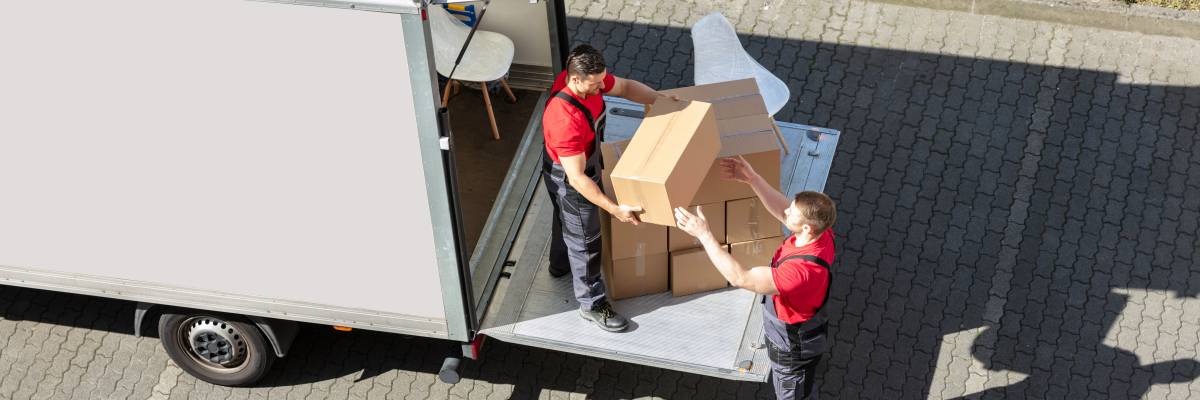
How much do movers make?
Read more

The ultimate packing and moving list
Read more
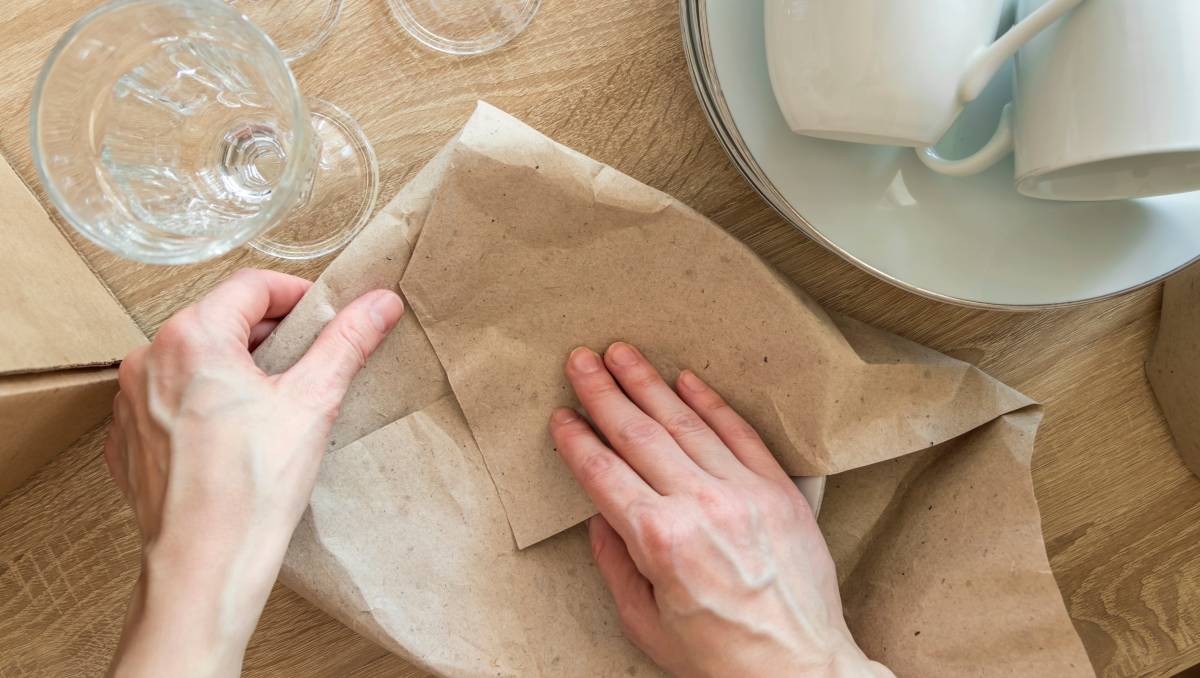
How to pack kitchen items
Read more

How to pack bedding for moving
Read more

How to move a pool table
Read more
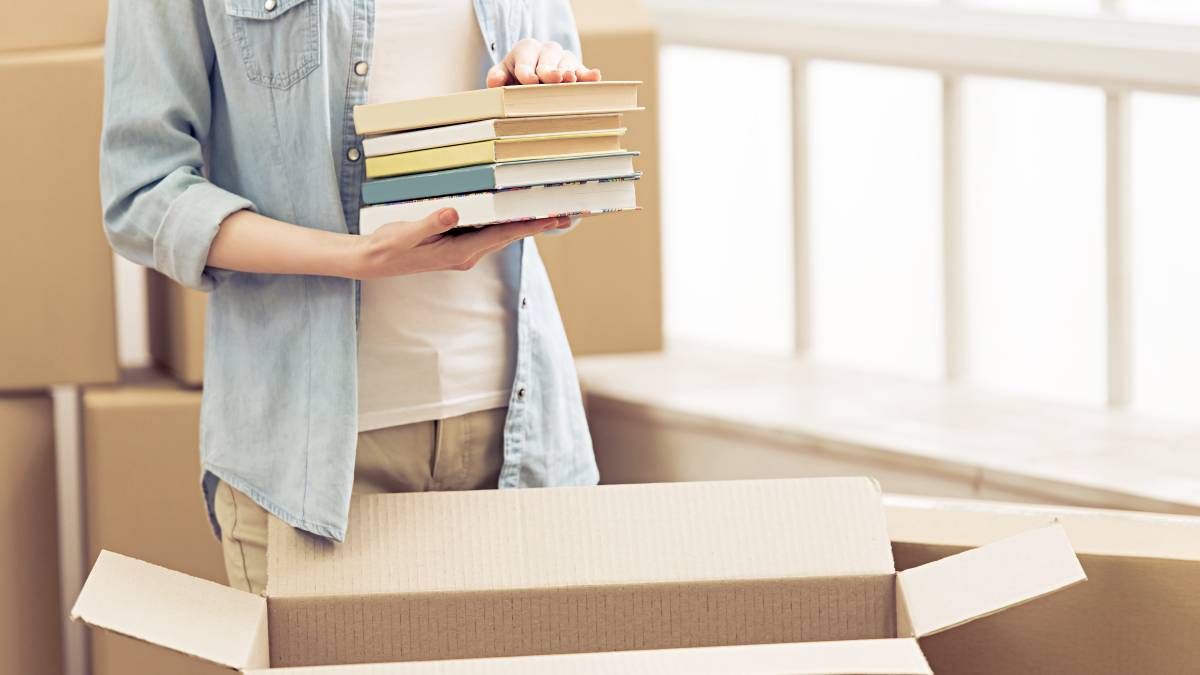
How to pack books for moving
Read more
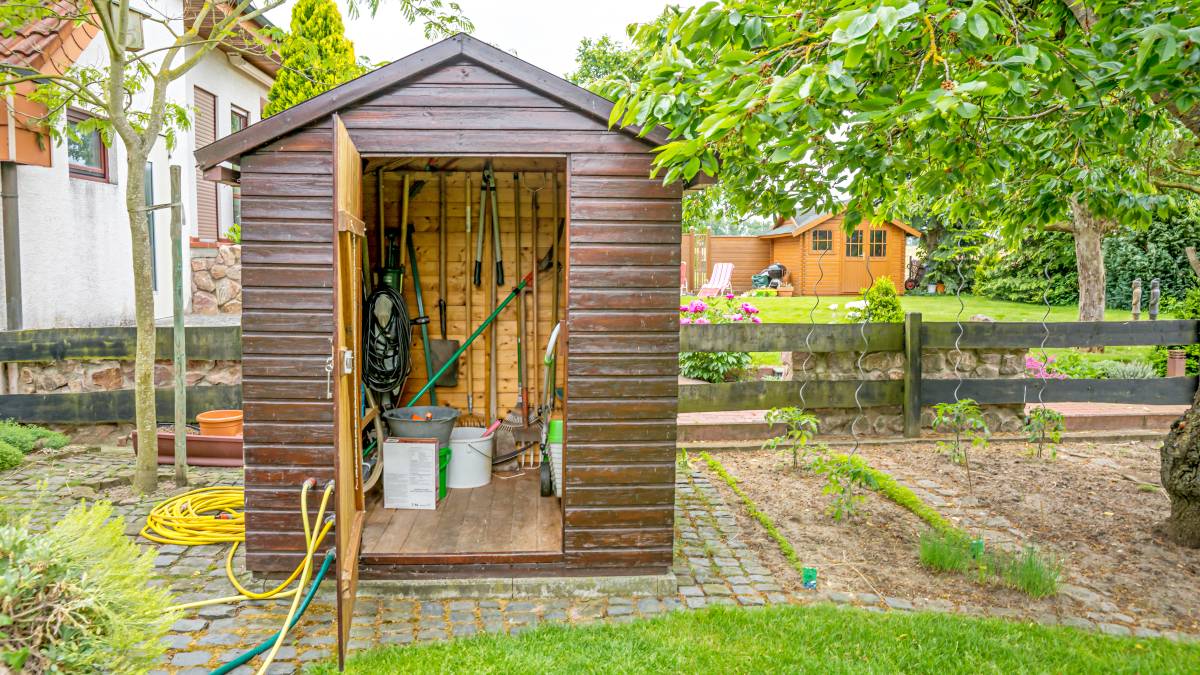
How to move a shed
Read more
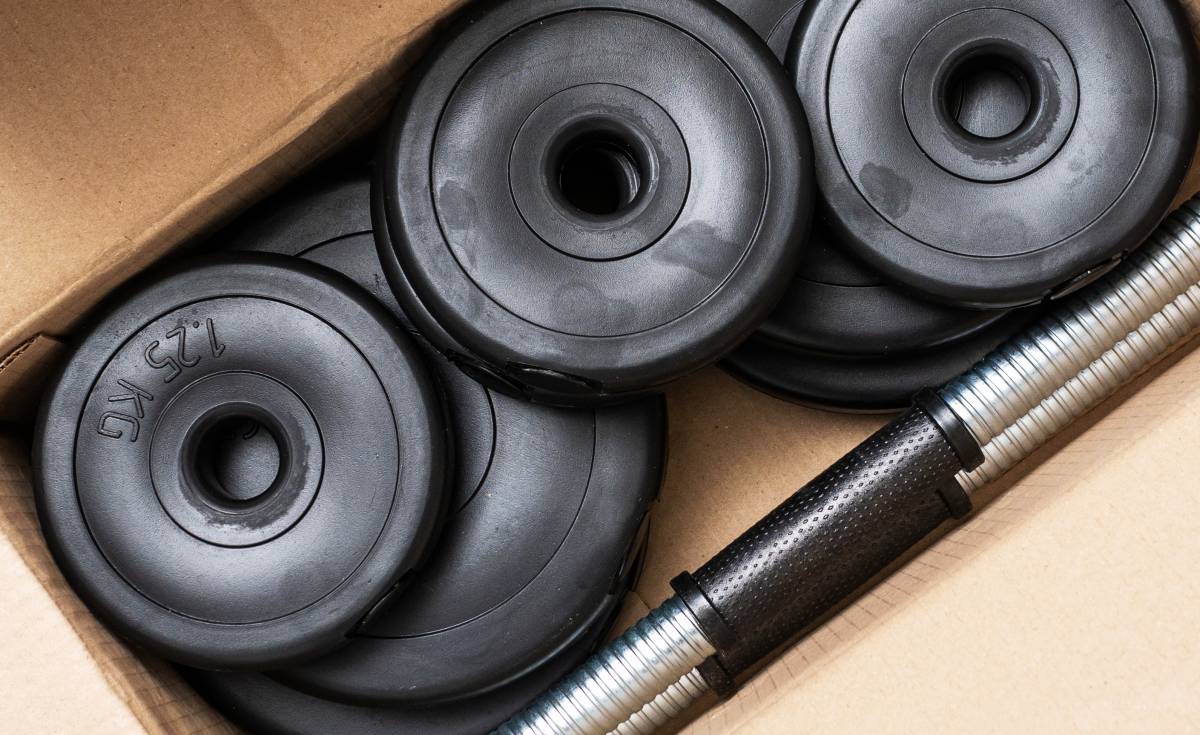
How to move gym equipment safely
Read more
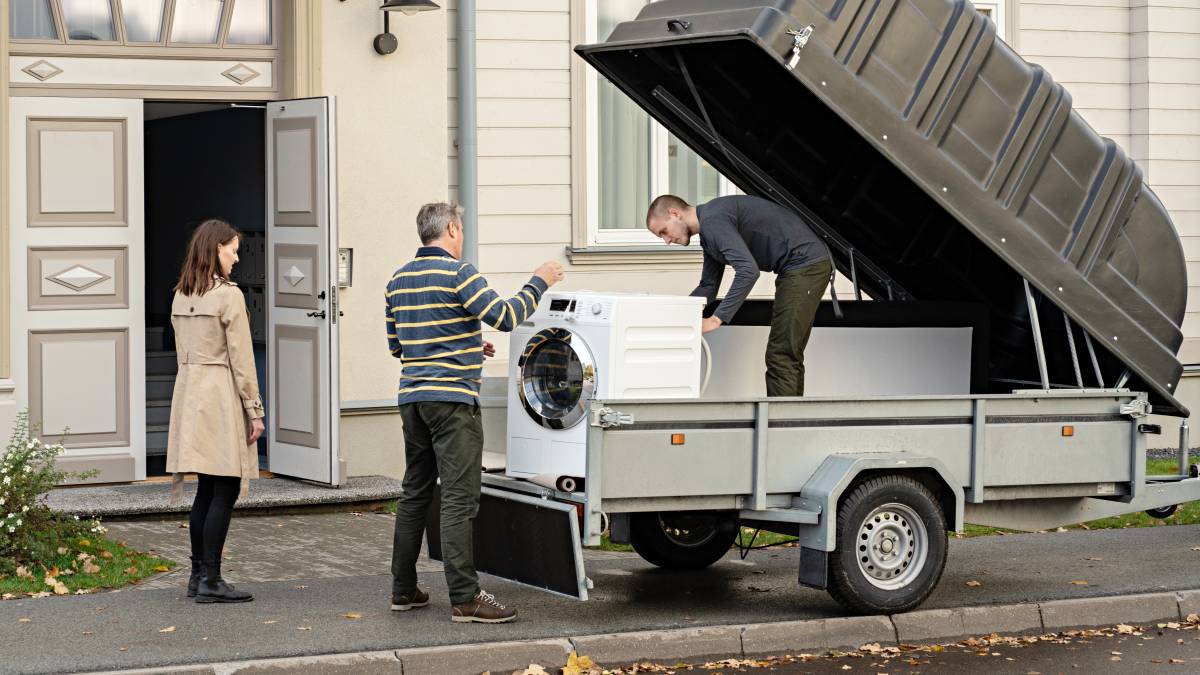
How to move a washing machine
Read more

Moving interstate checklist
Read more
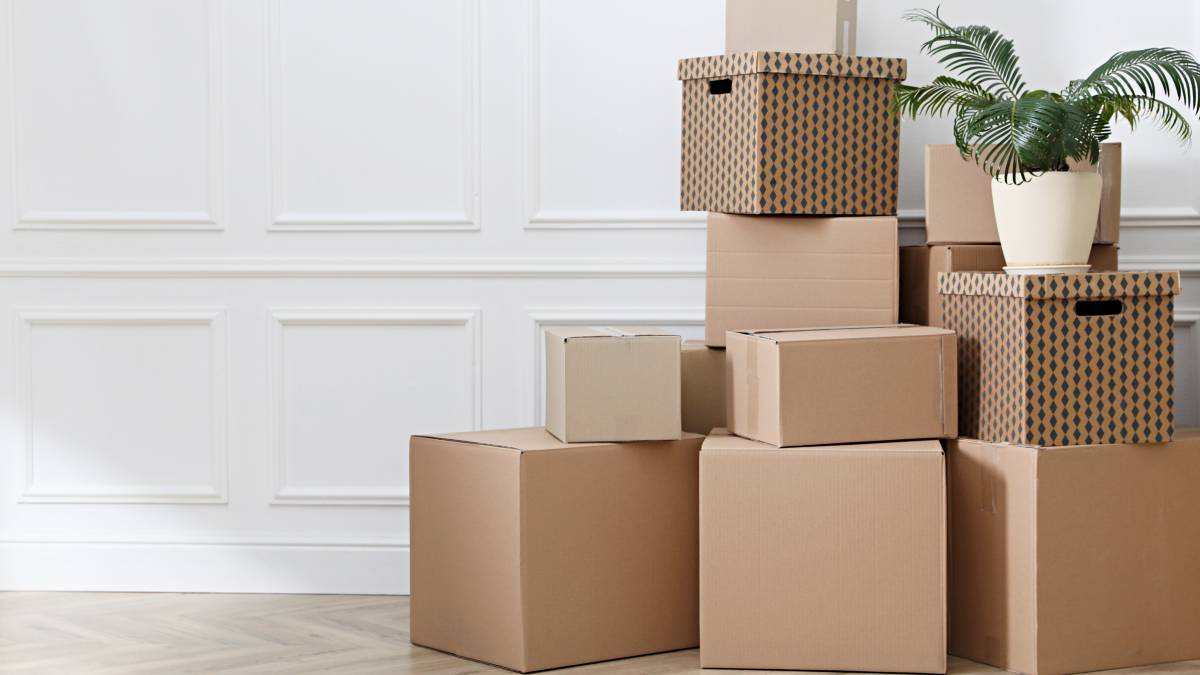
Where to get moving boxes for free
Read more
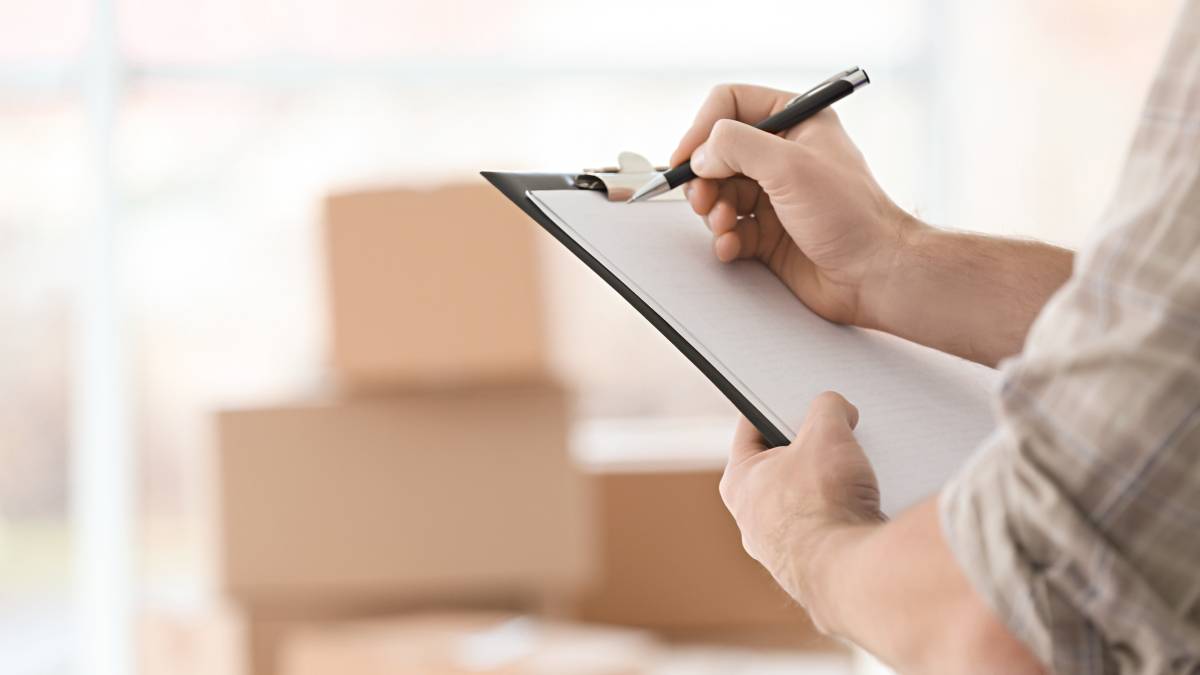
What movers won’t move
Read more
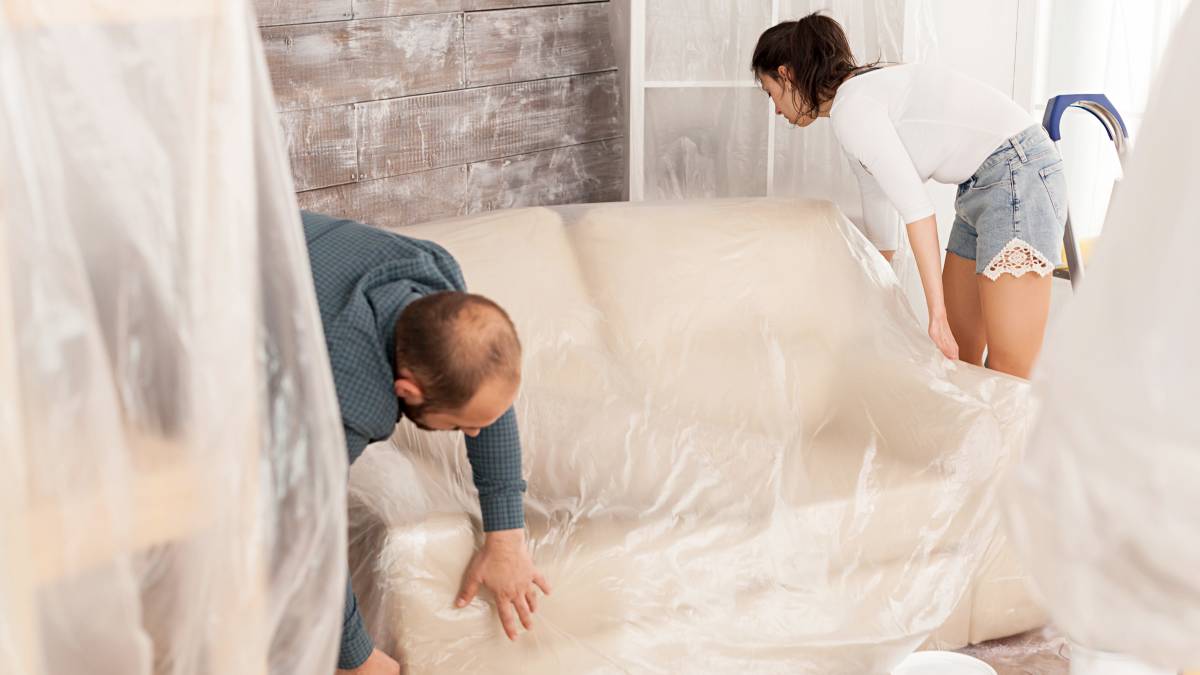
How to wrap furniture for moving
Read more
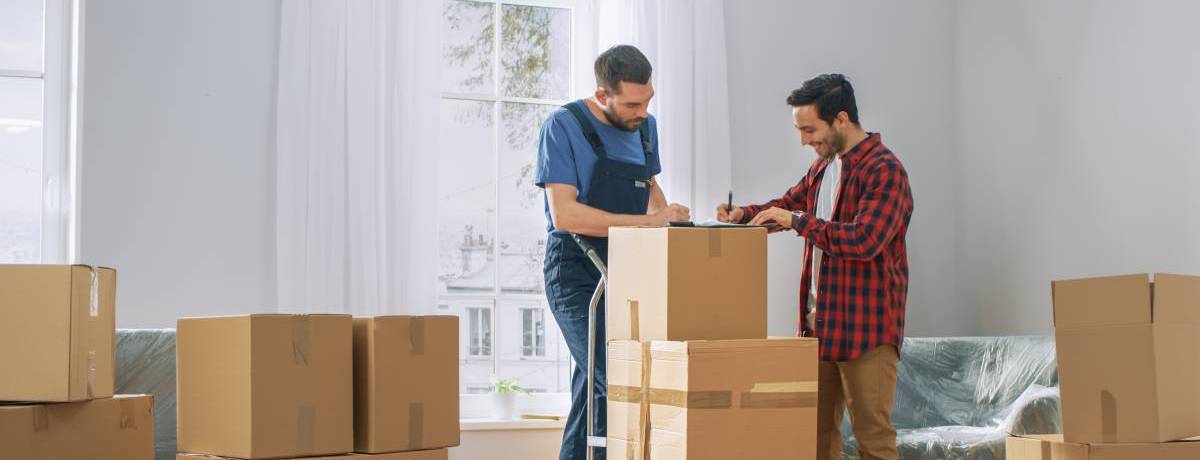
A guide to becoming a mover
Read more

Moving out of state checklist
Read more
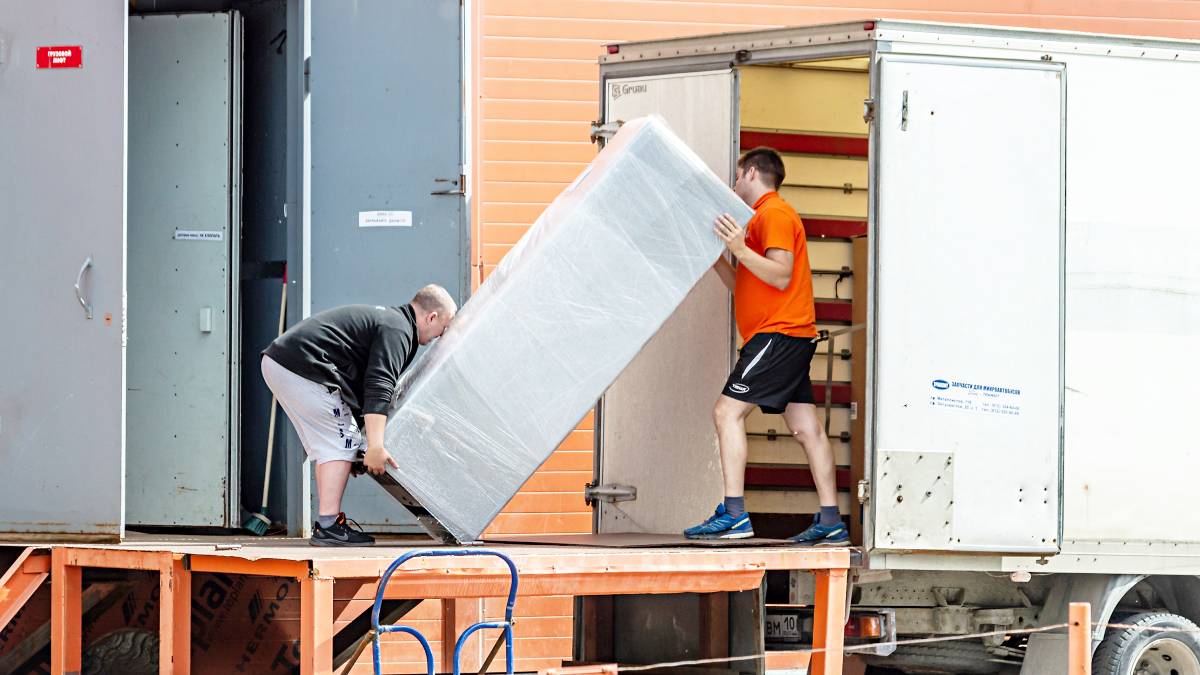
How to move a refrigerator
Read more
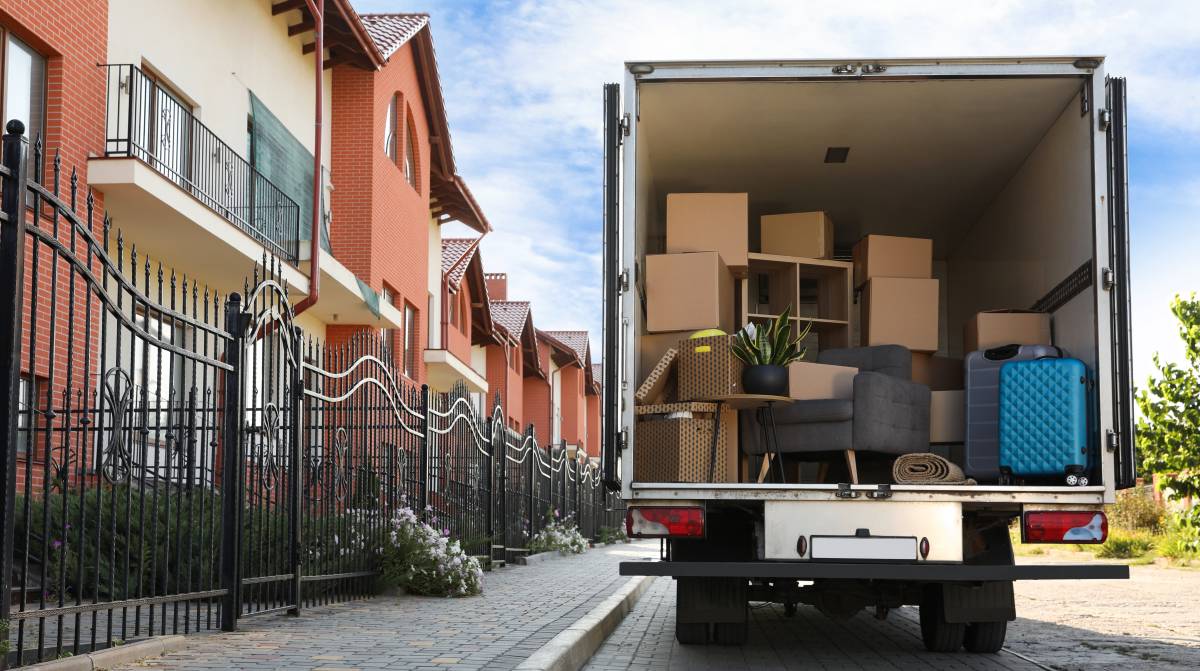
How to pack a moving truck
Read more
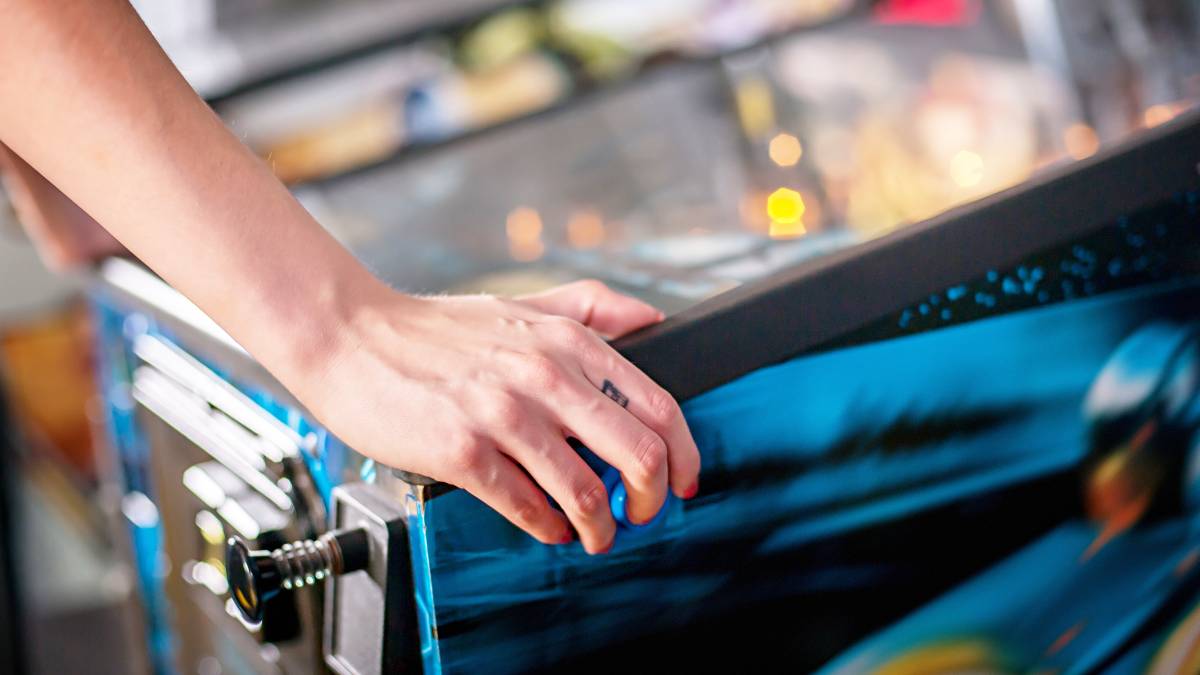
How to move a pinball machine
Read more

Tips for moving house with kids
Read more
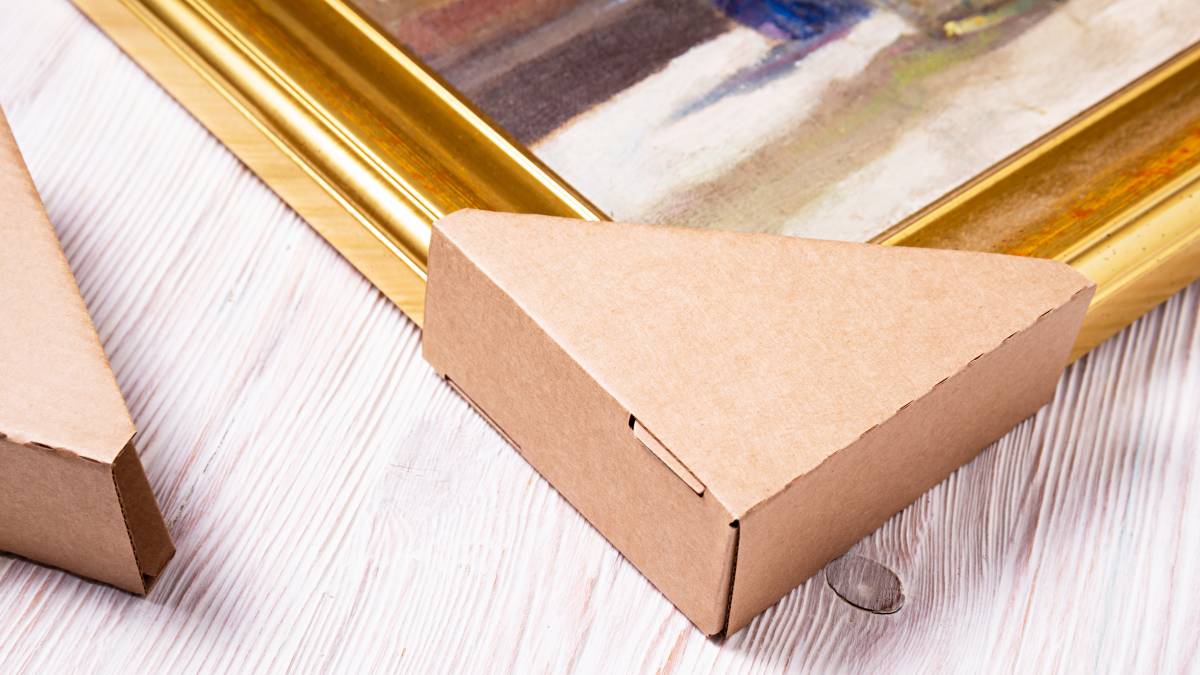
How to pack artwork for moving
Read more
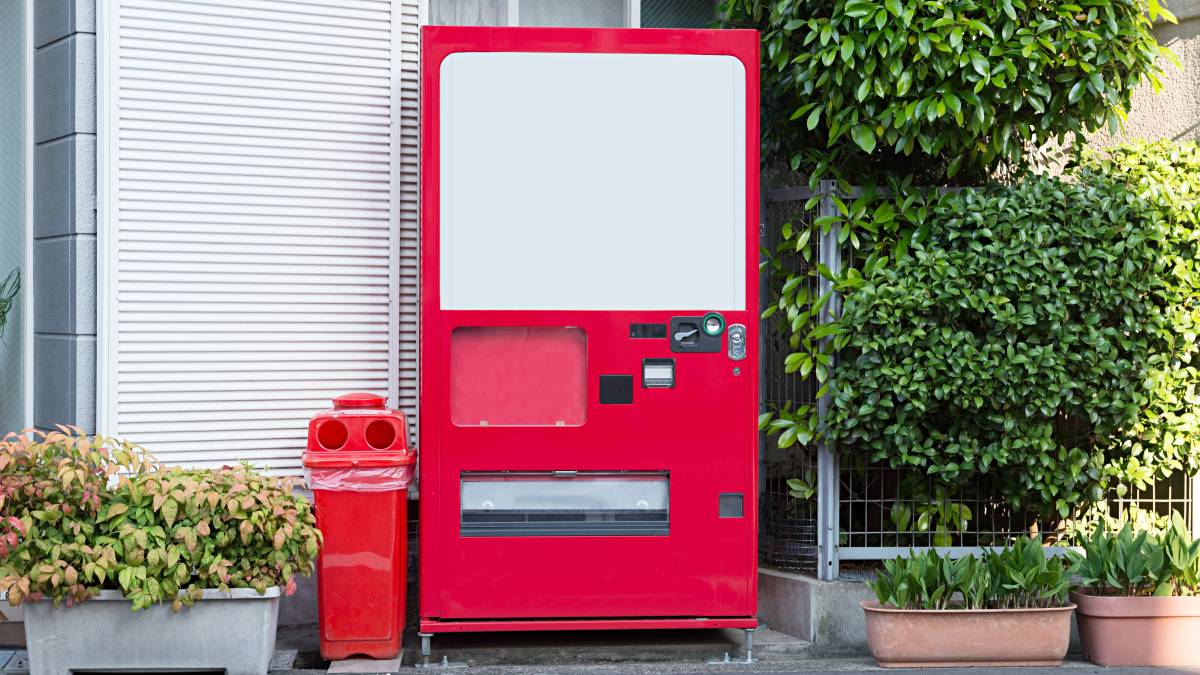
How to move a vending machine
Read more
Related price guides
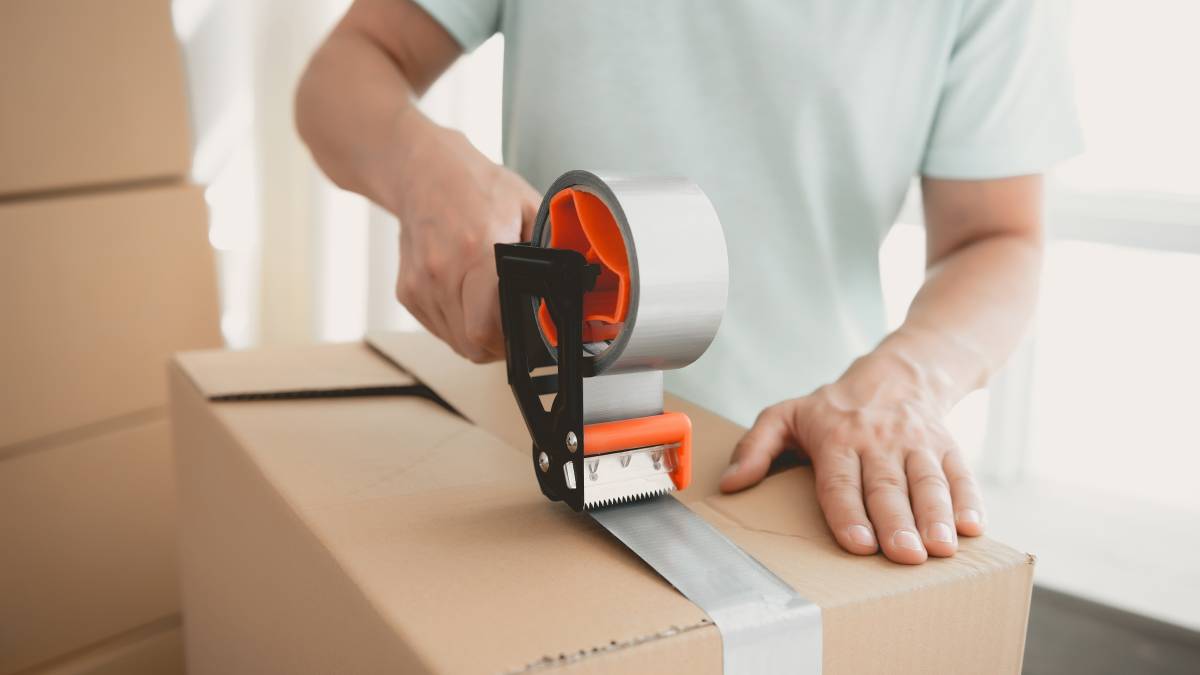
How much do packers cost?
Read more
